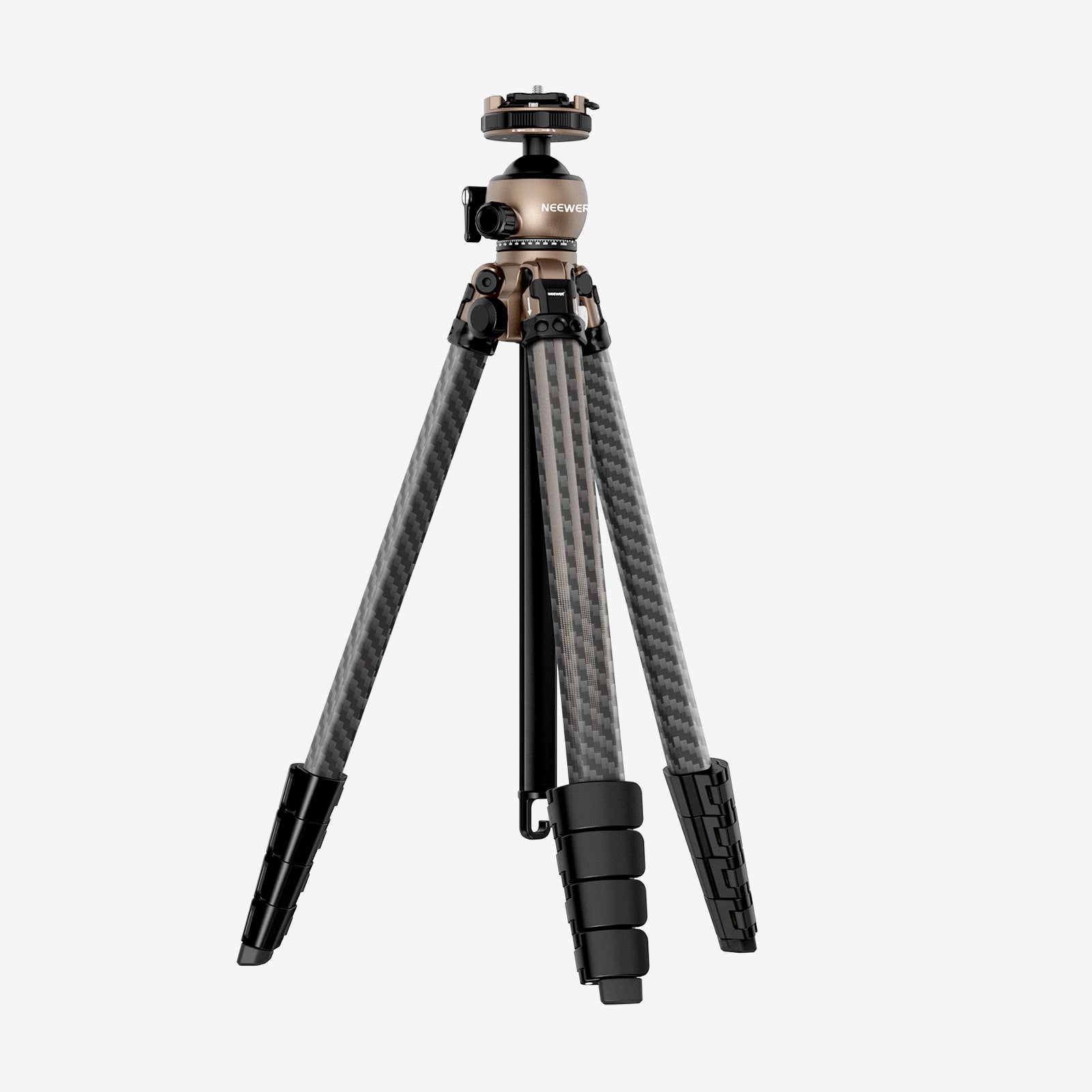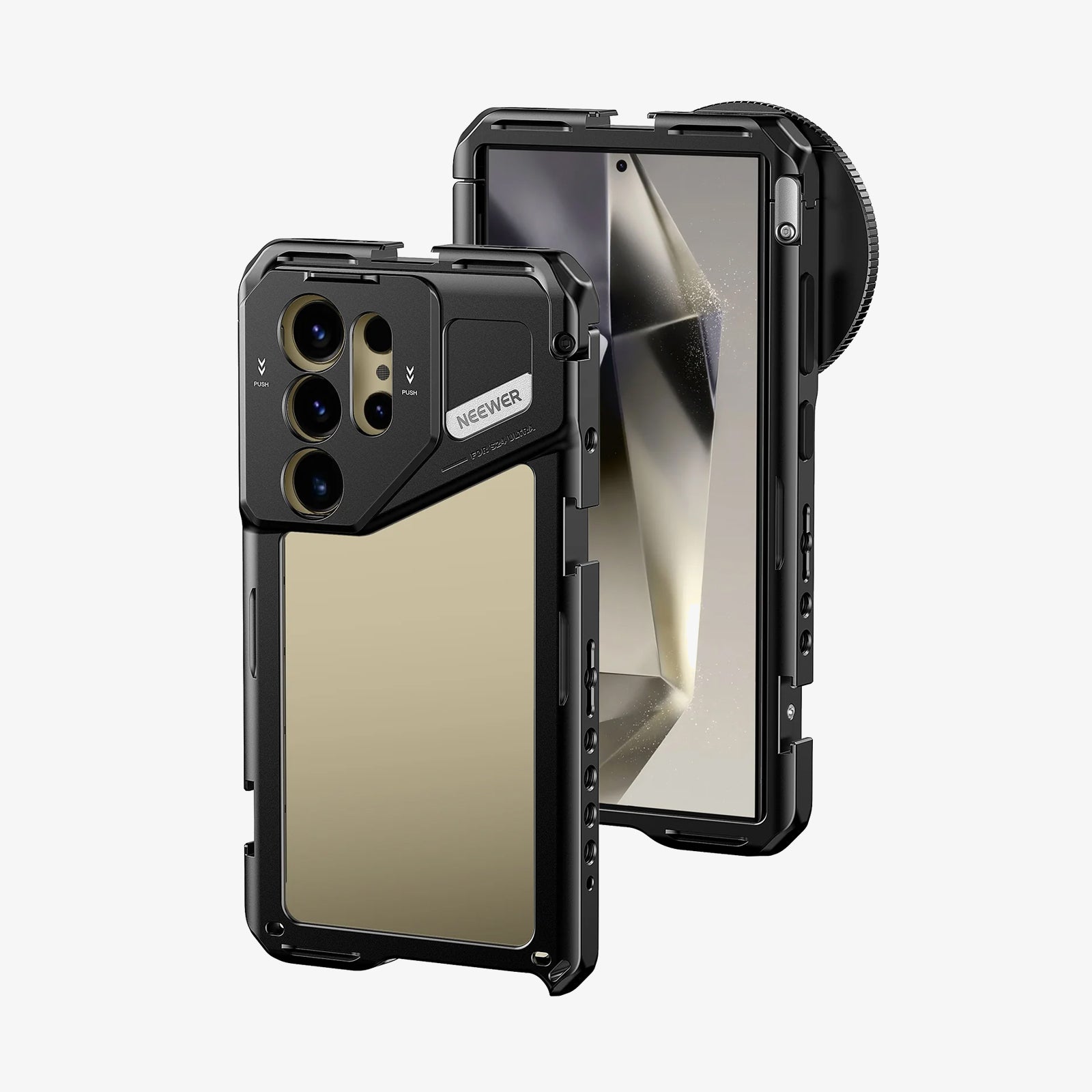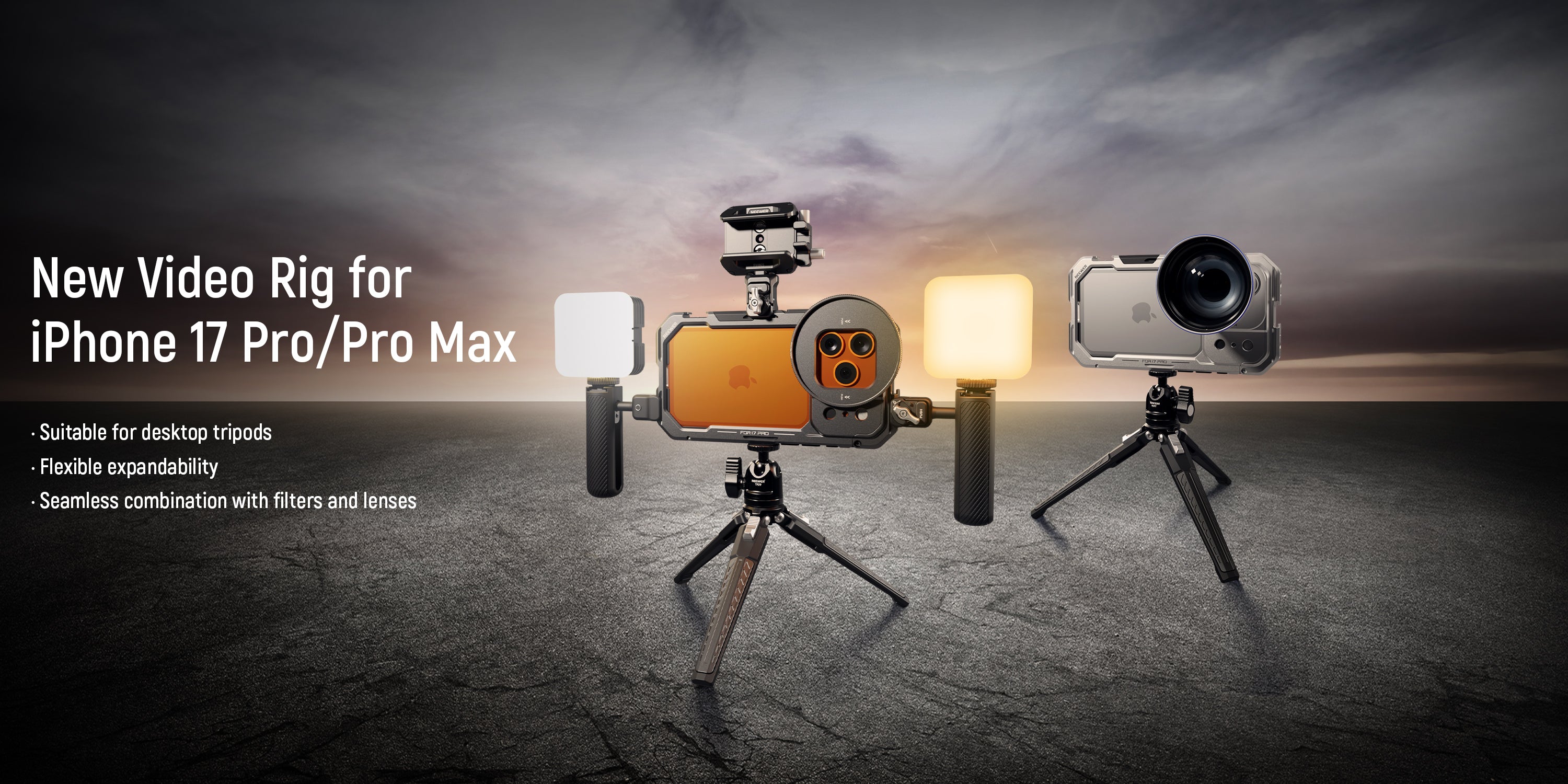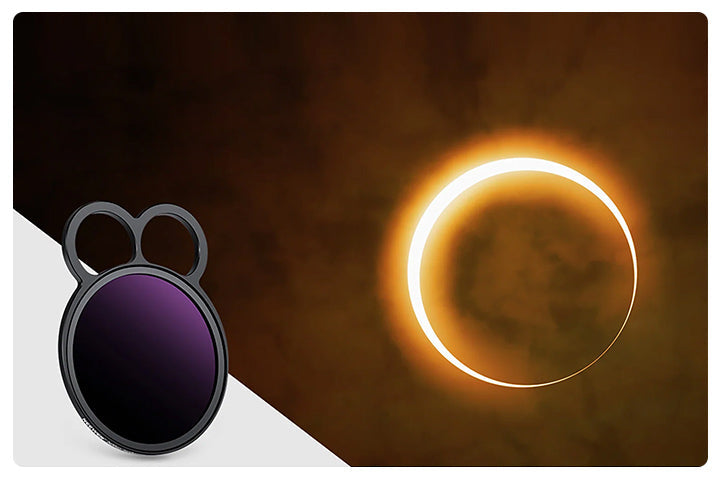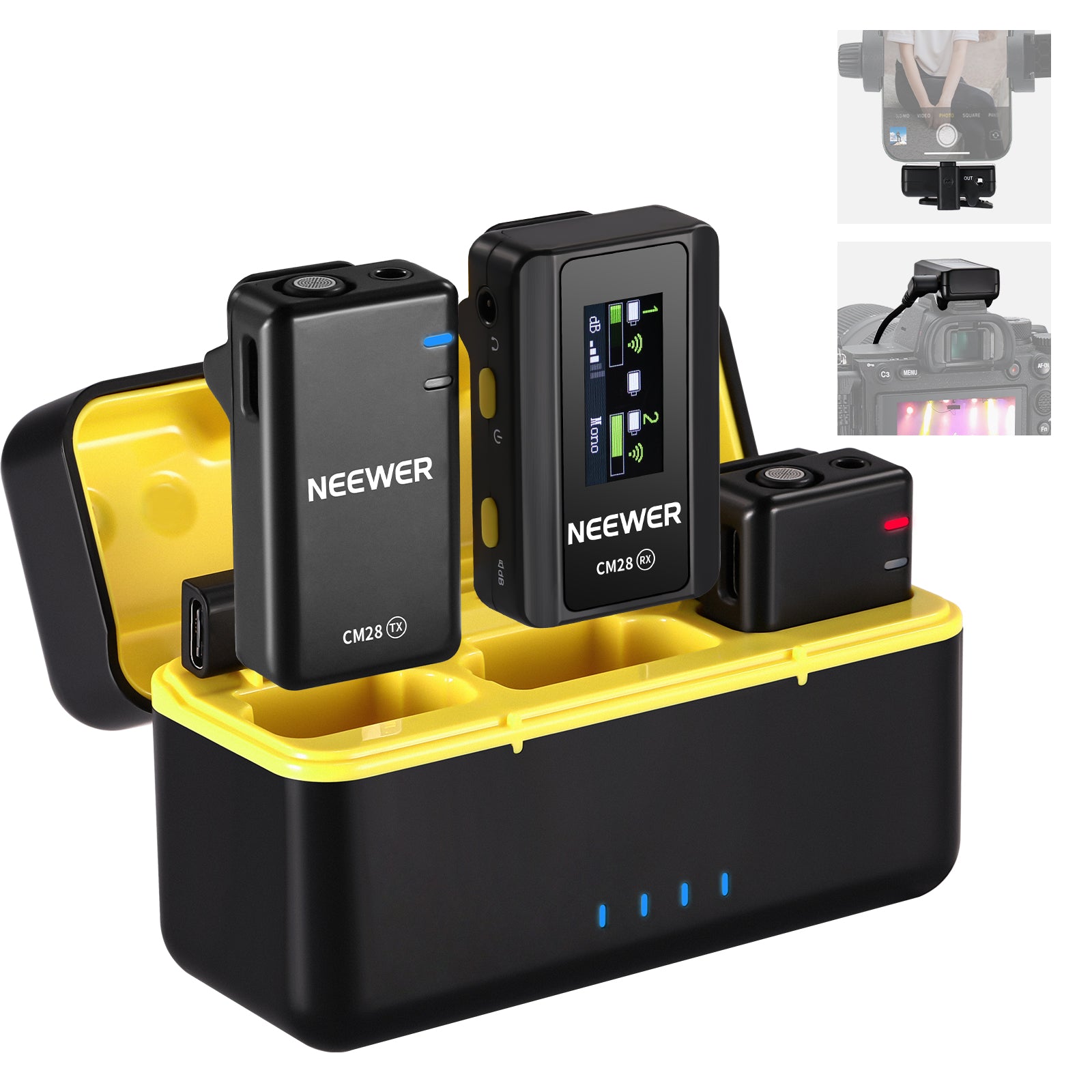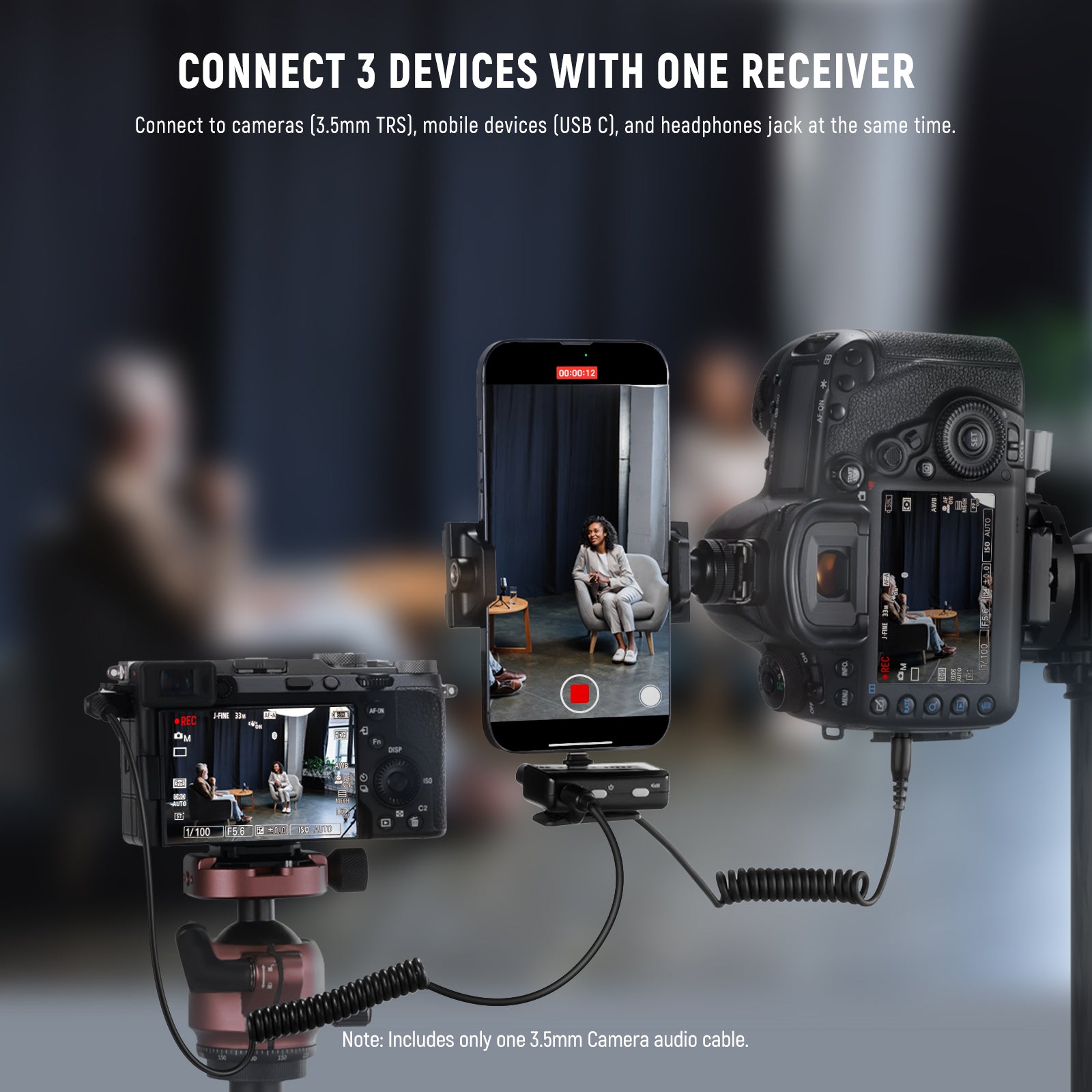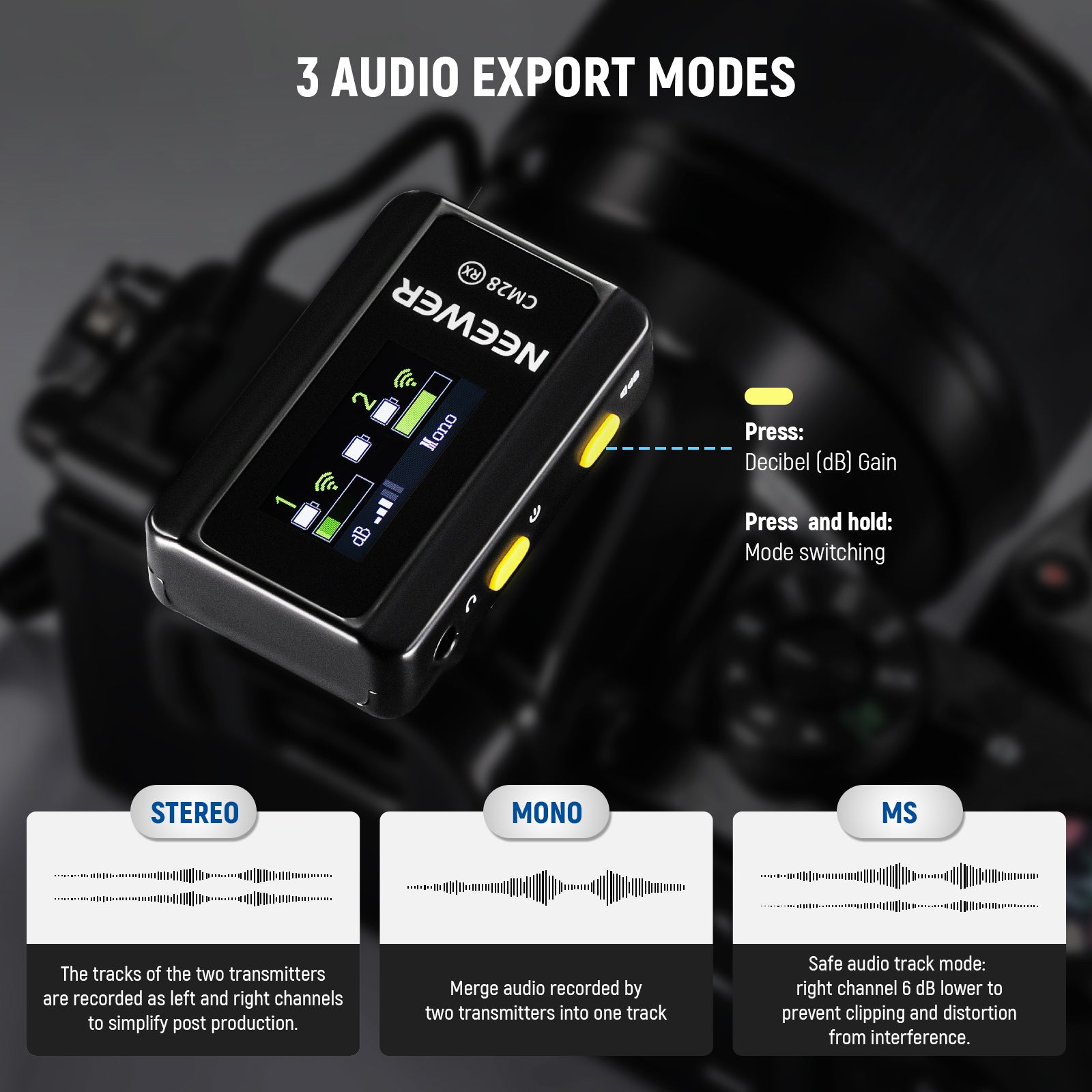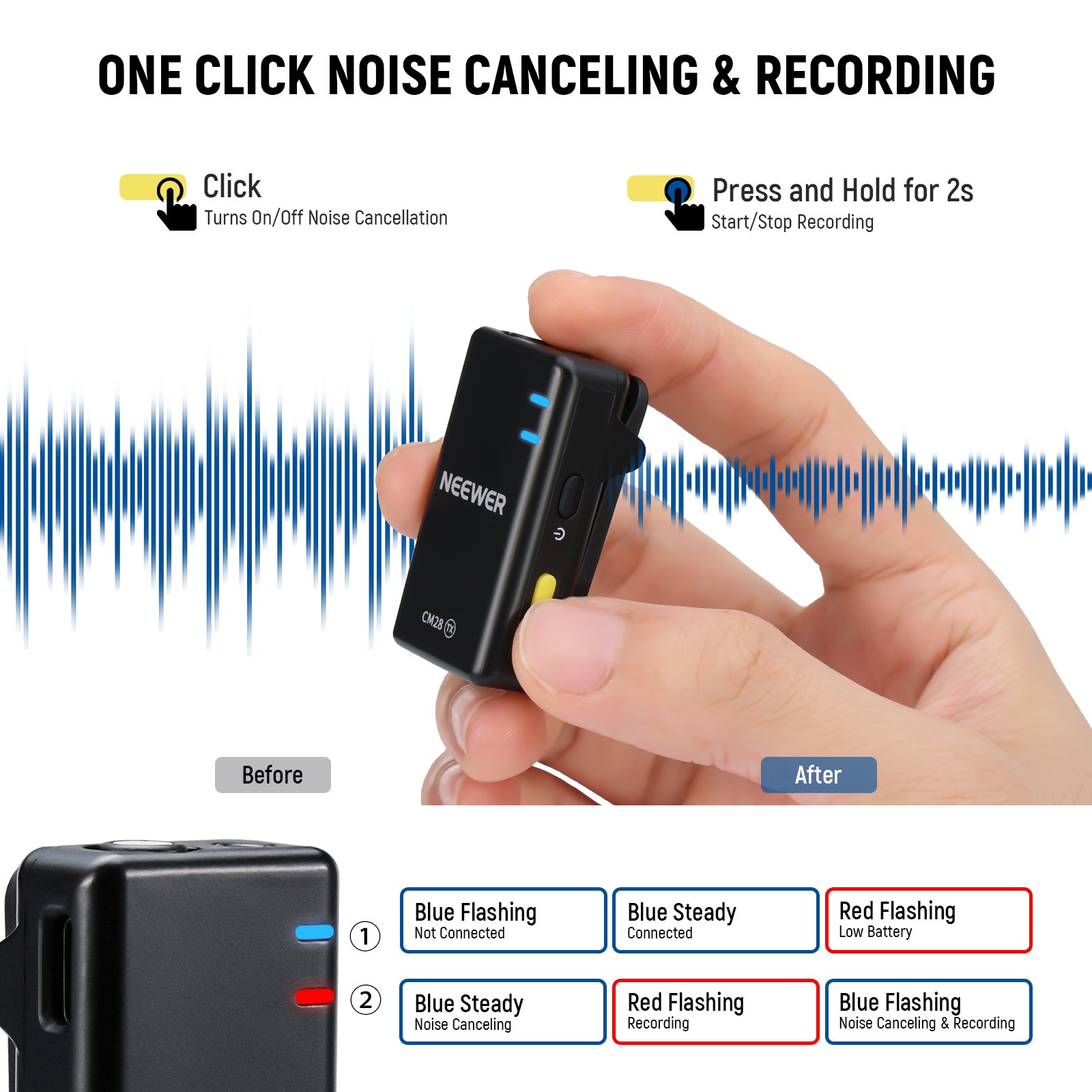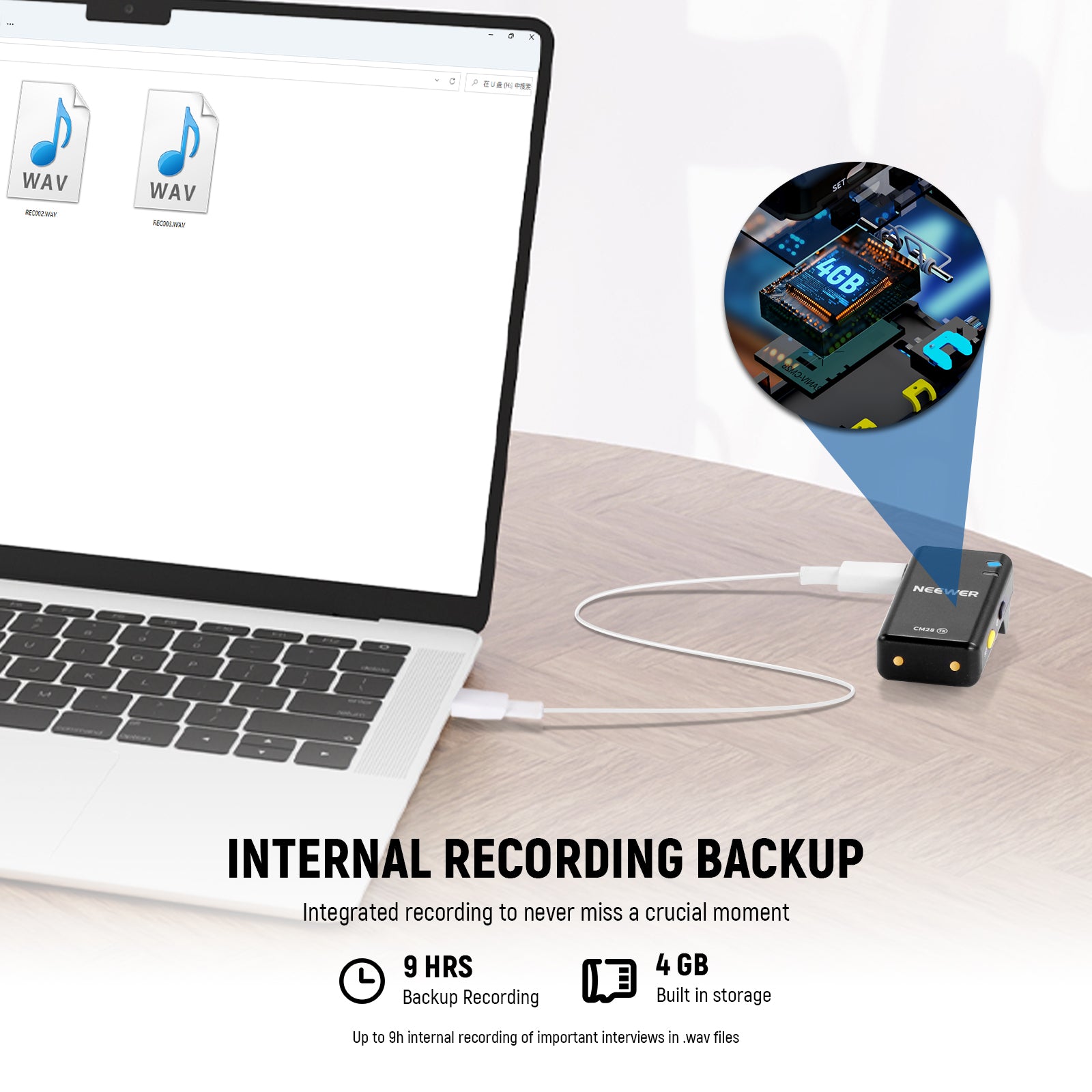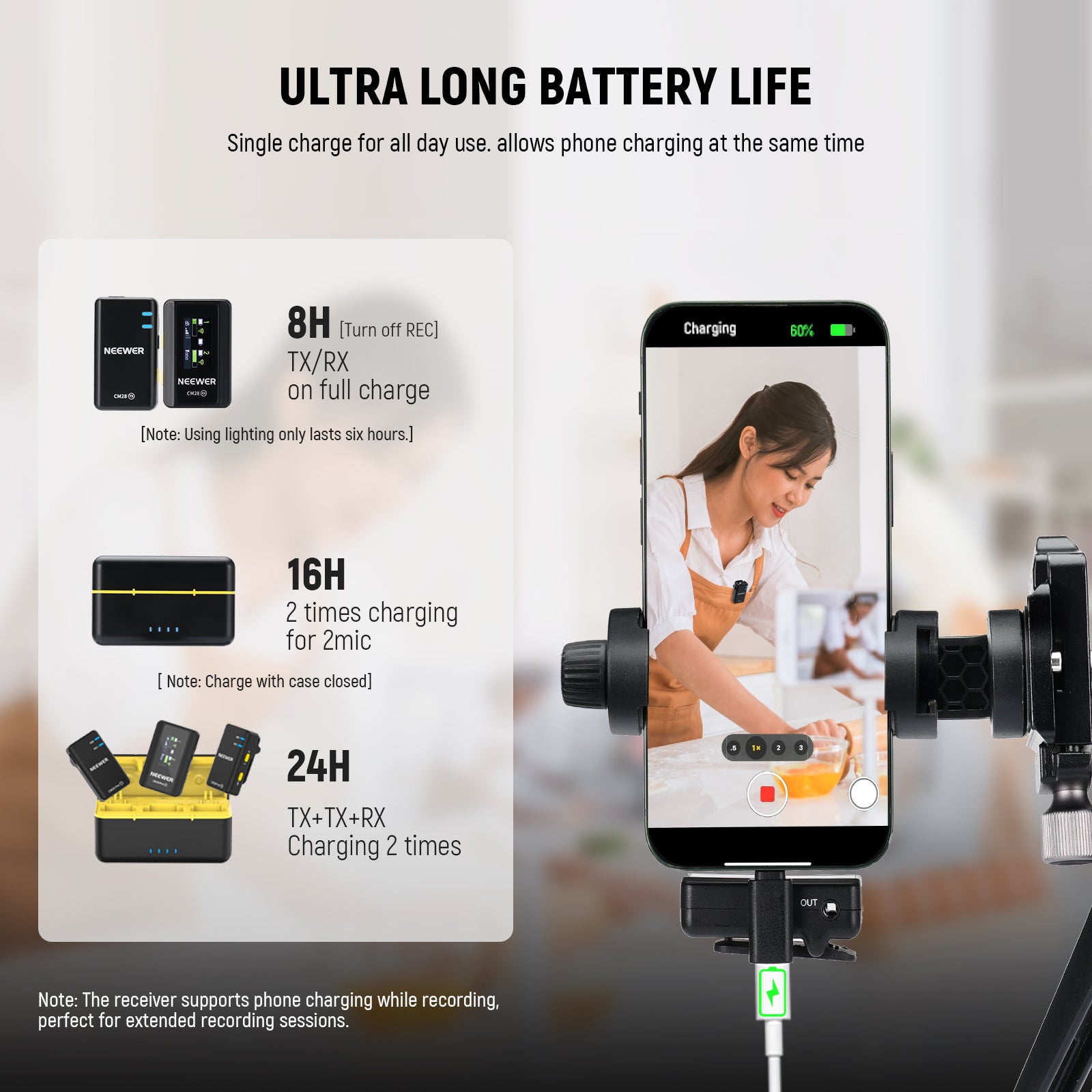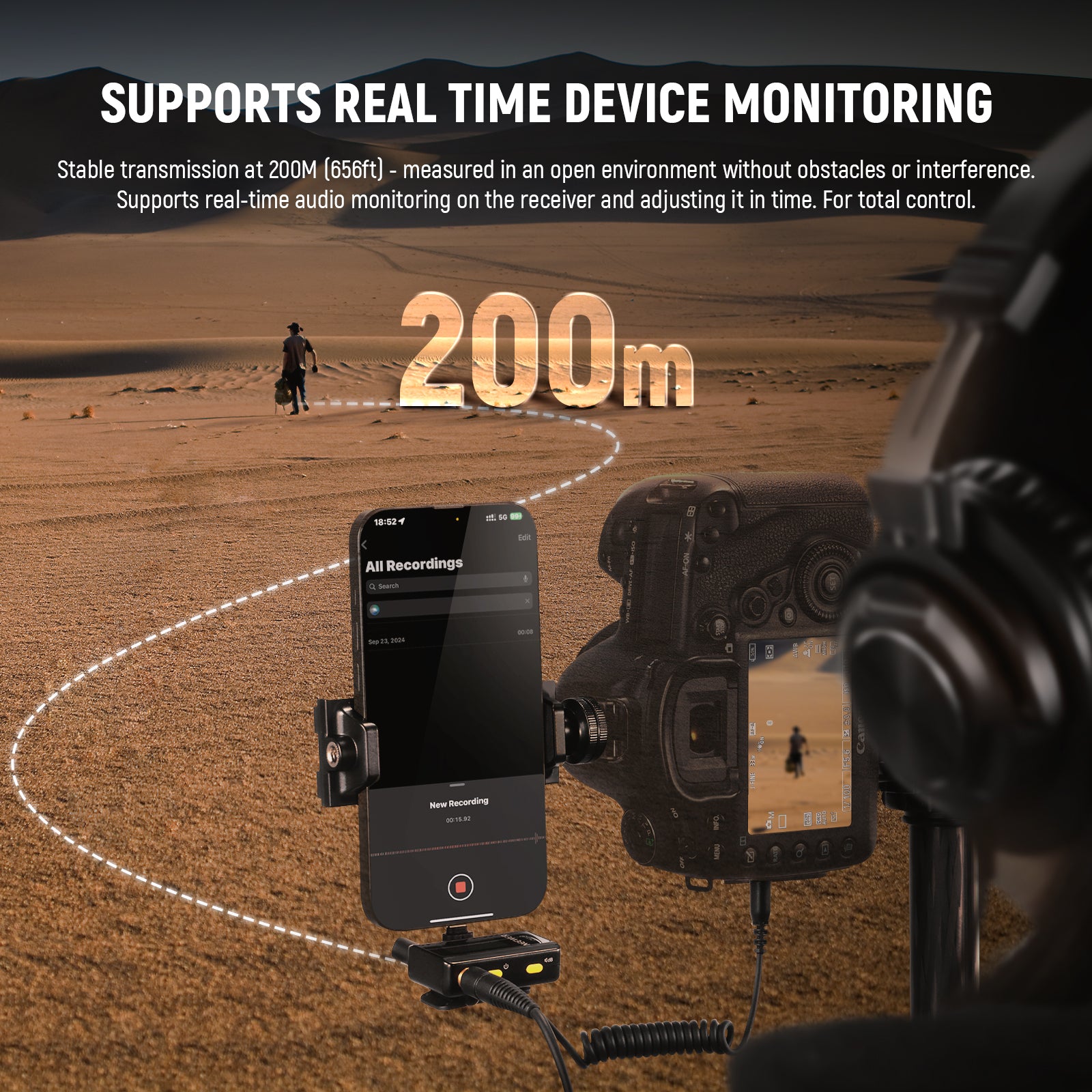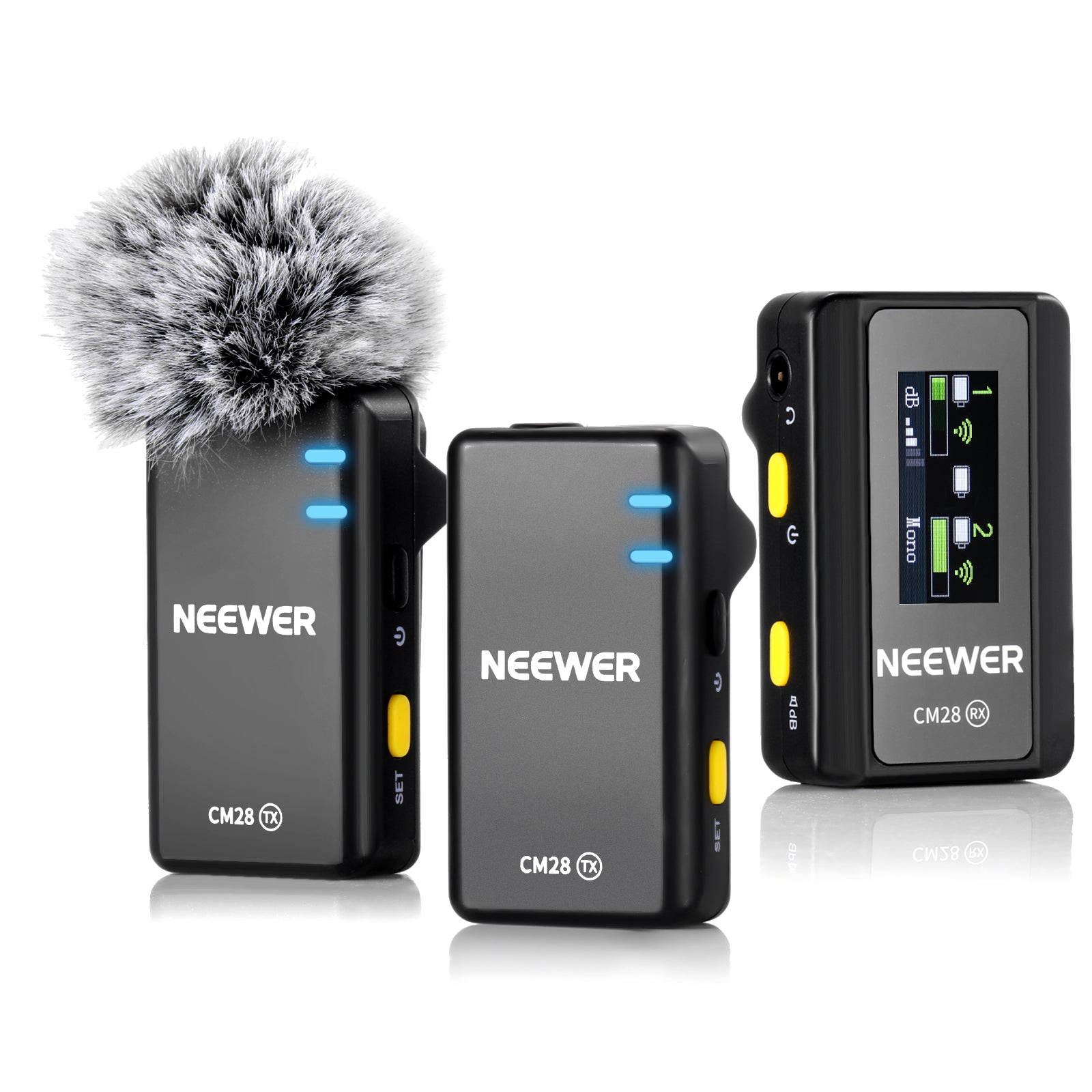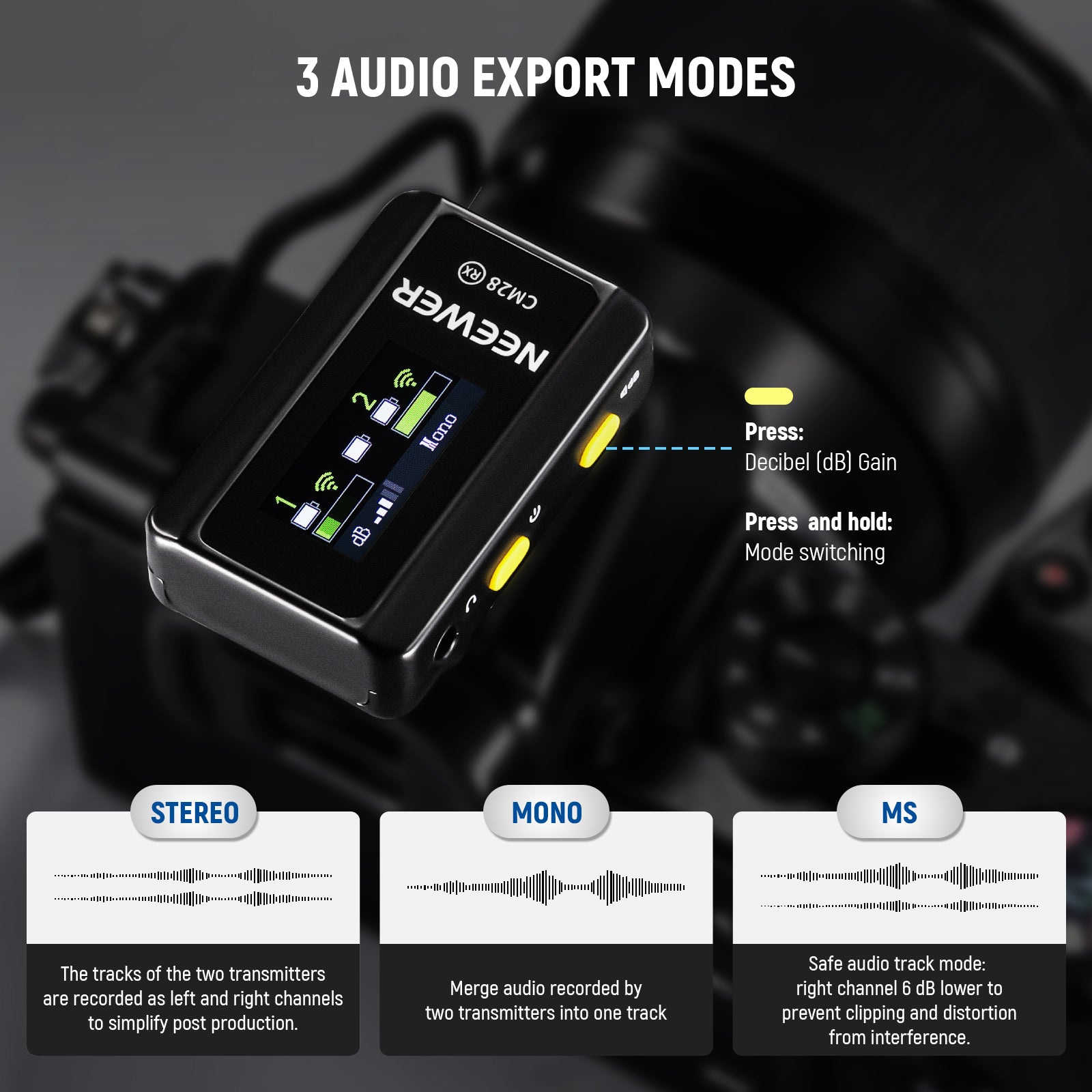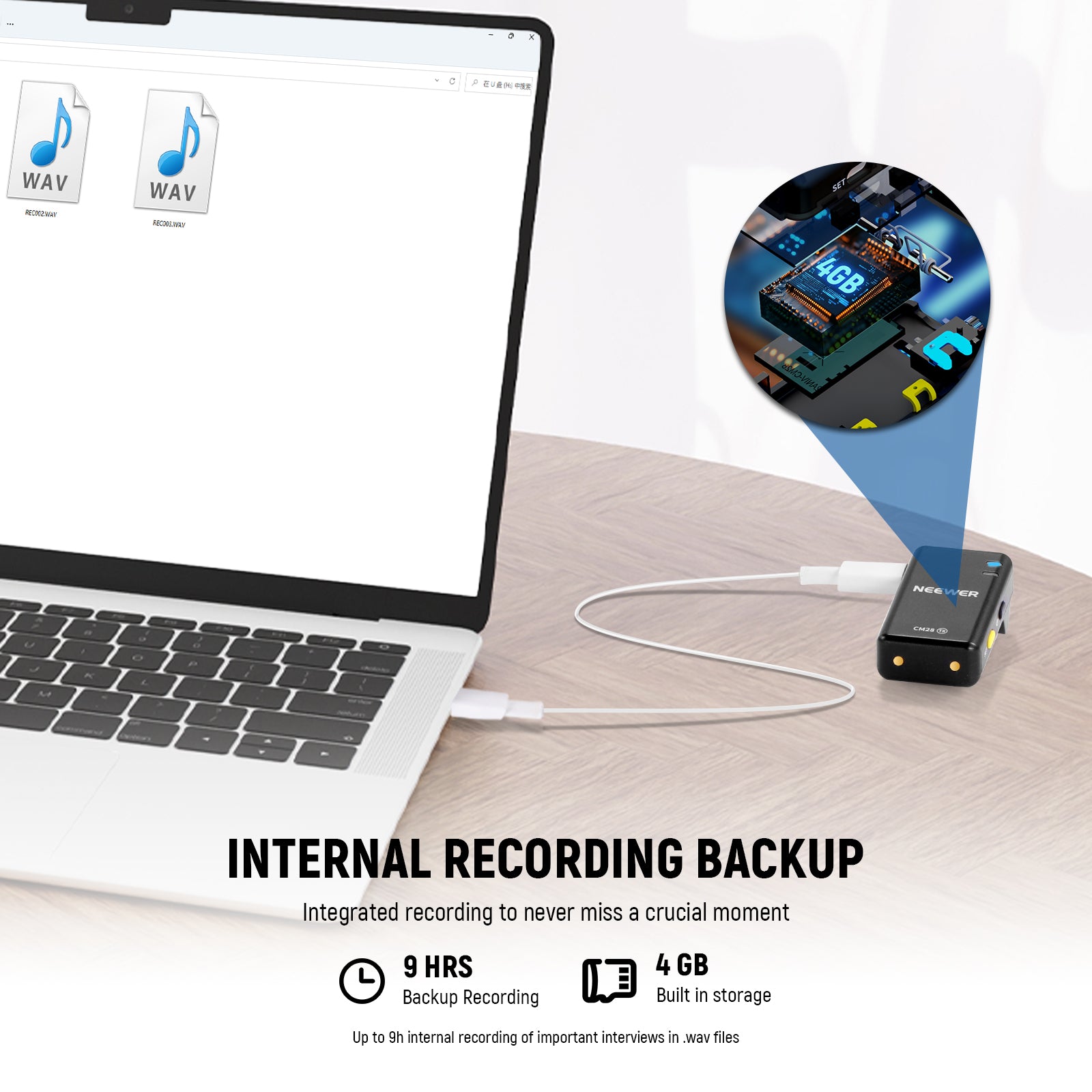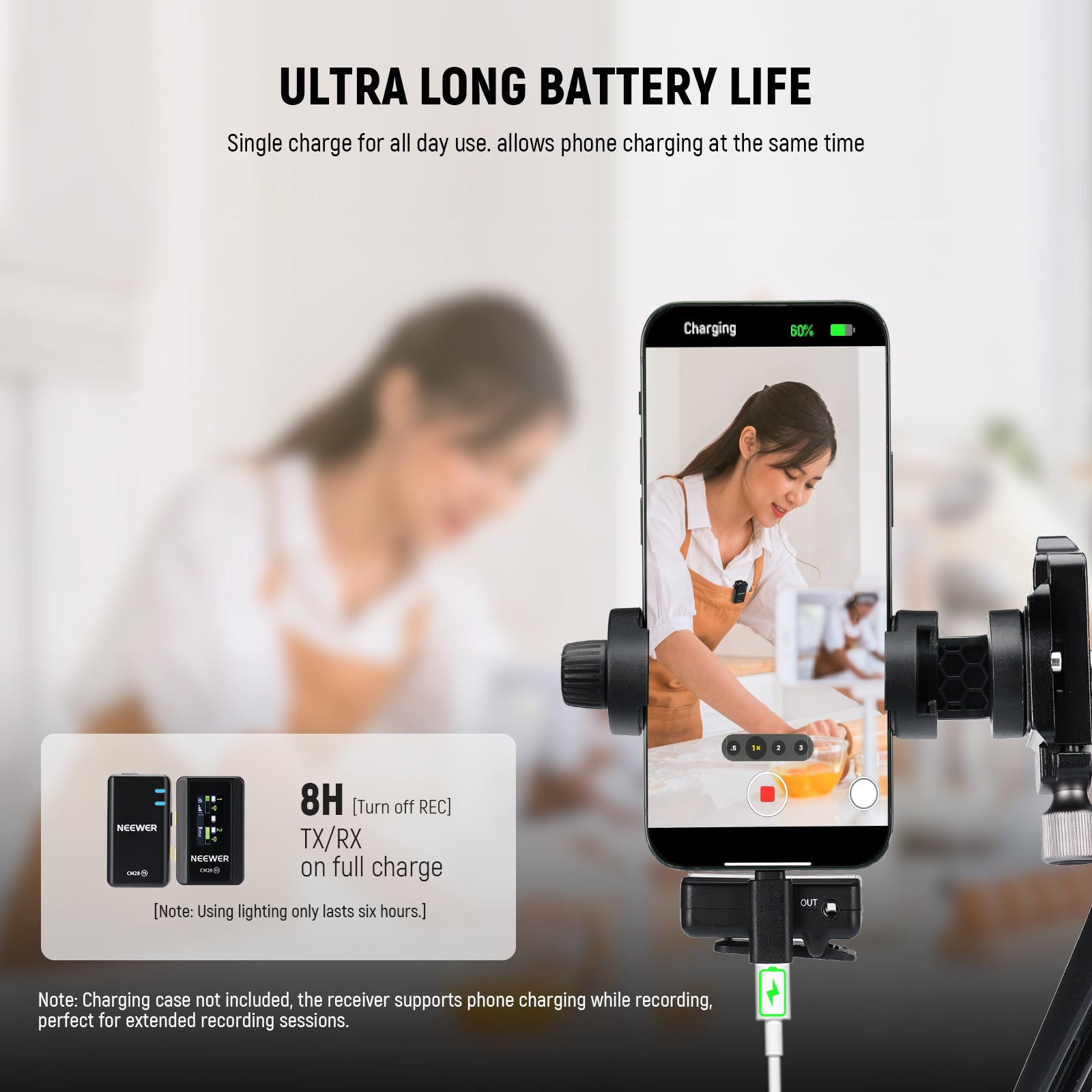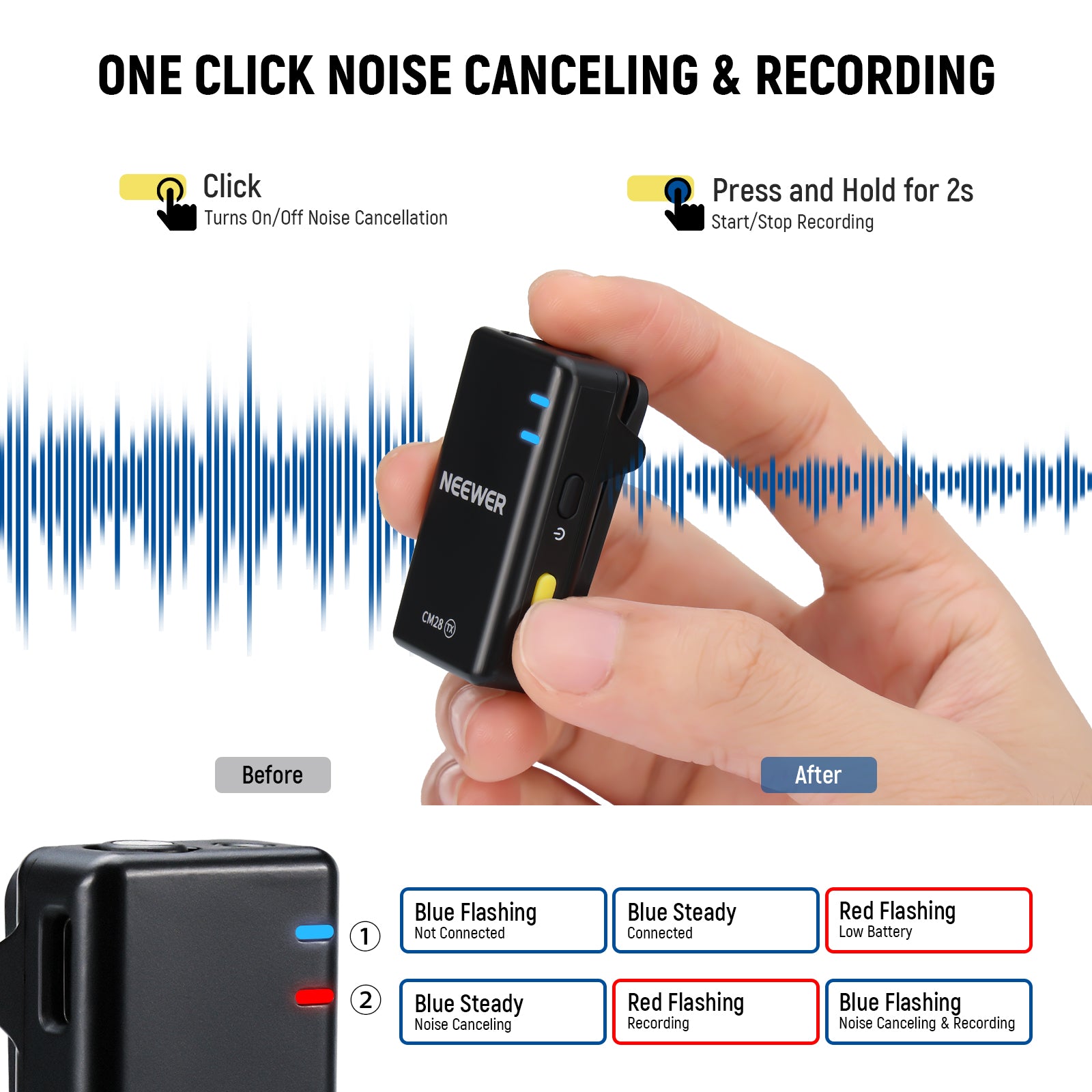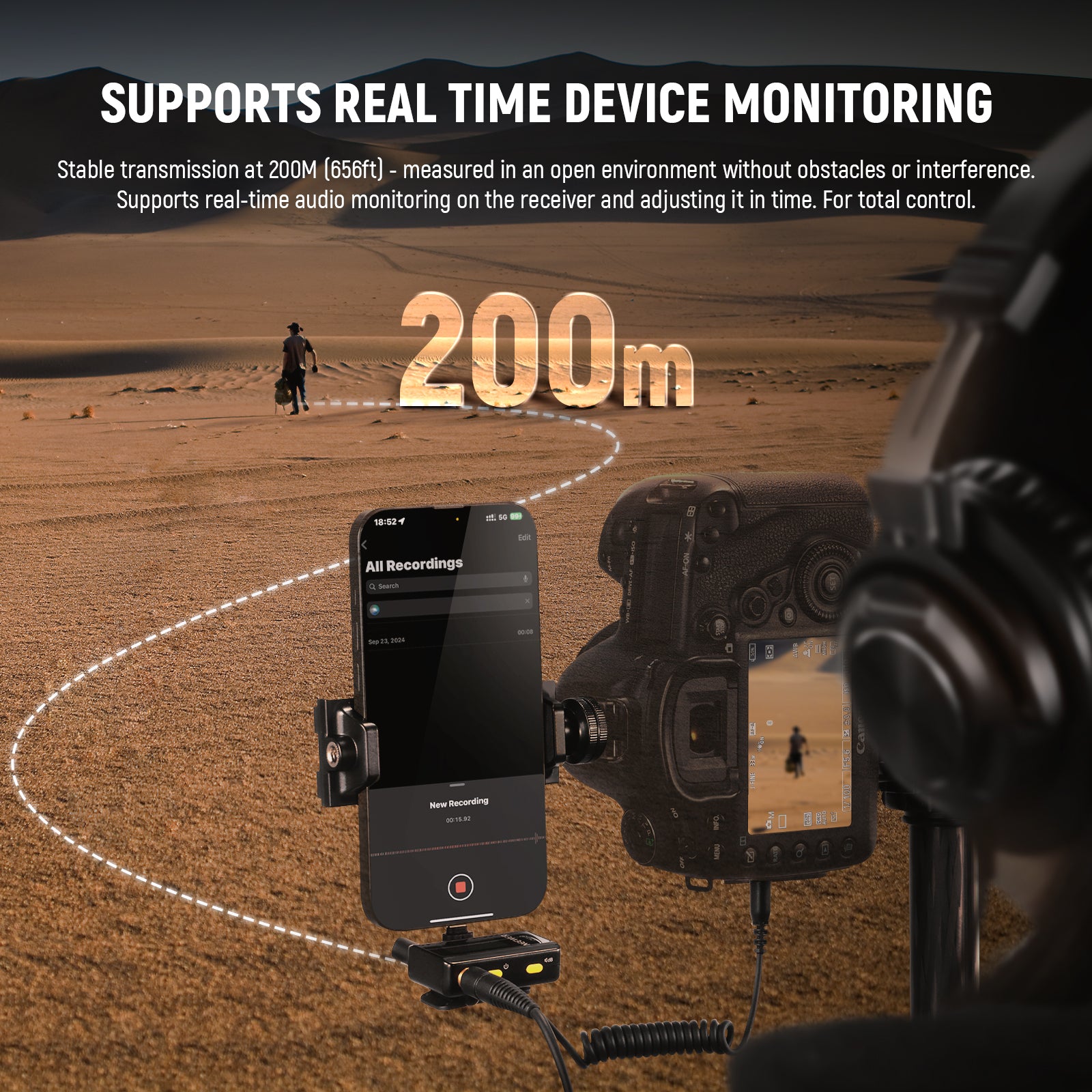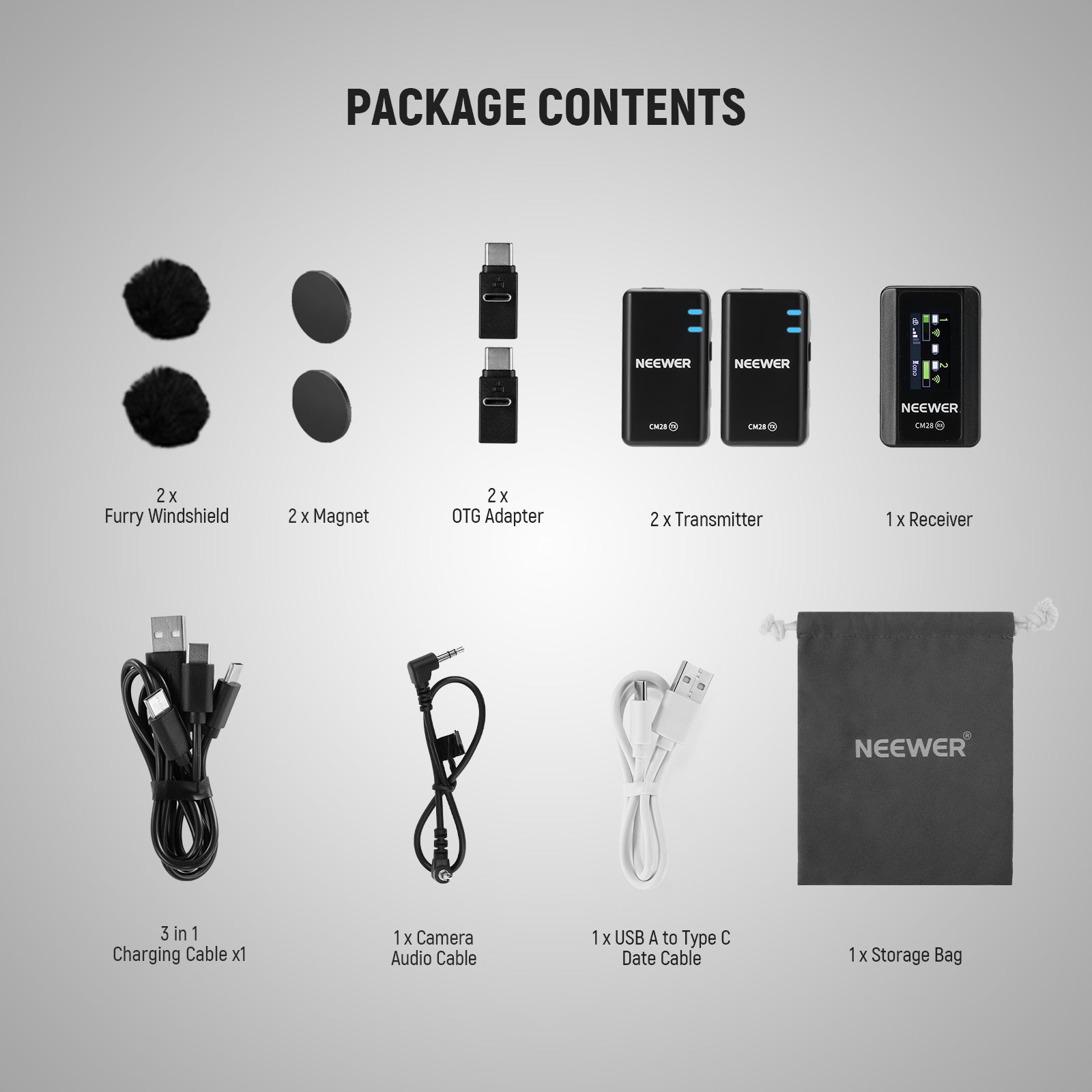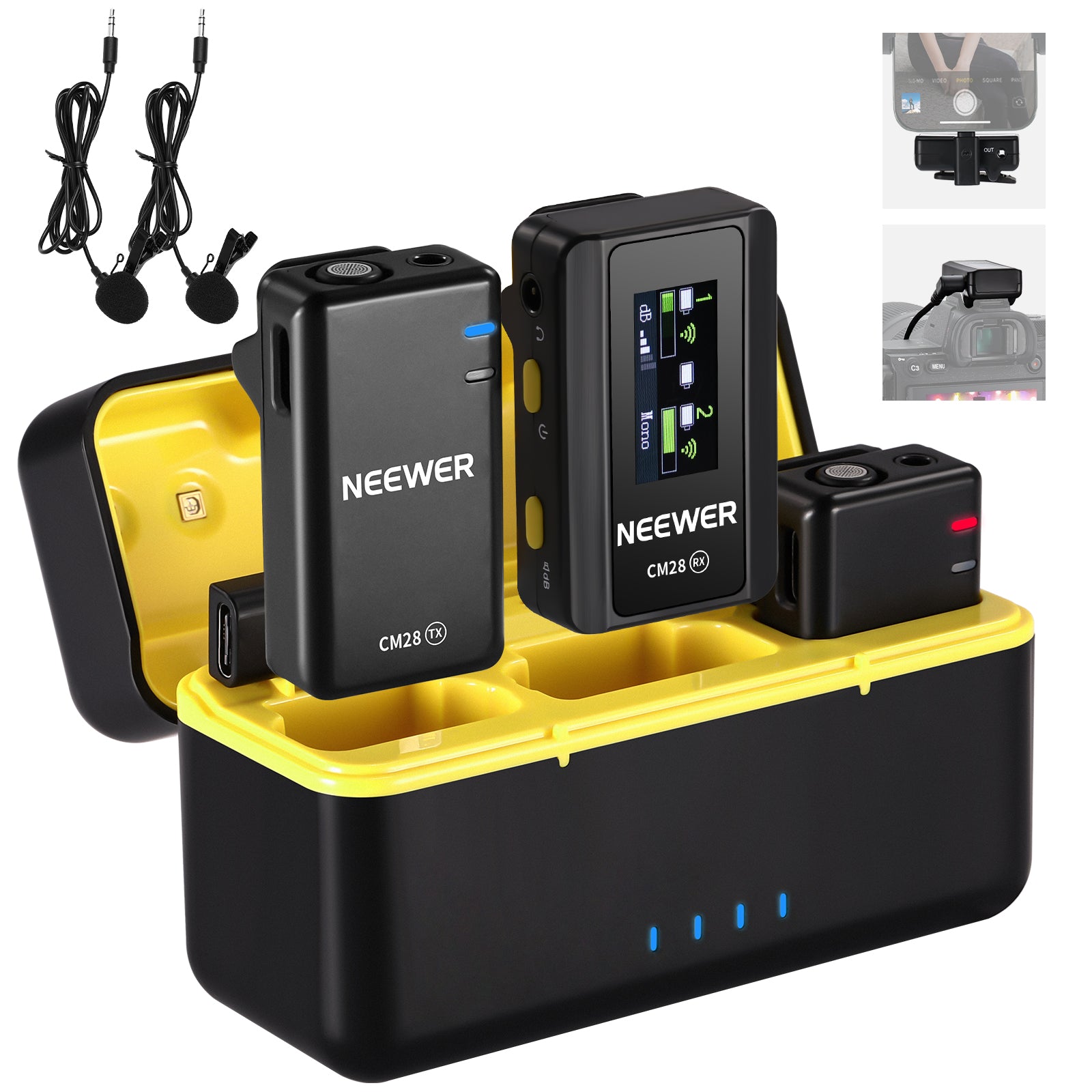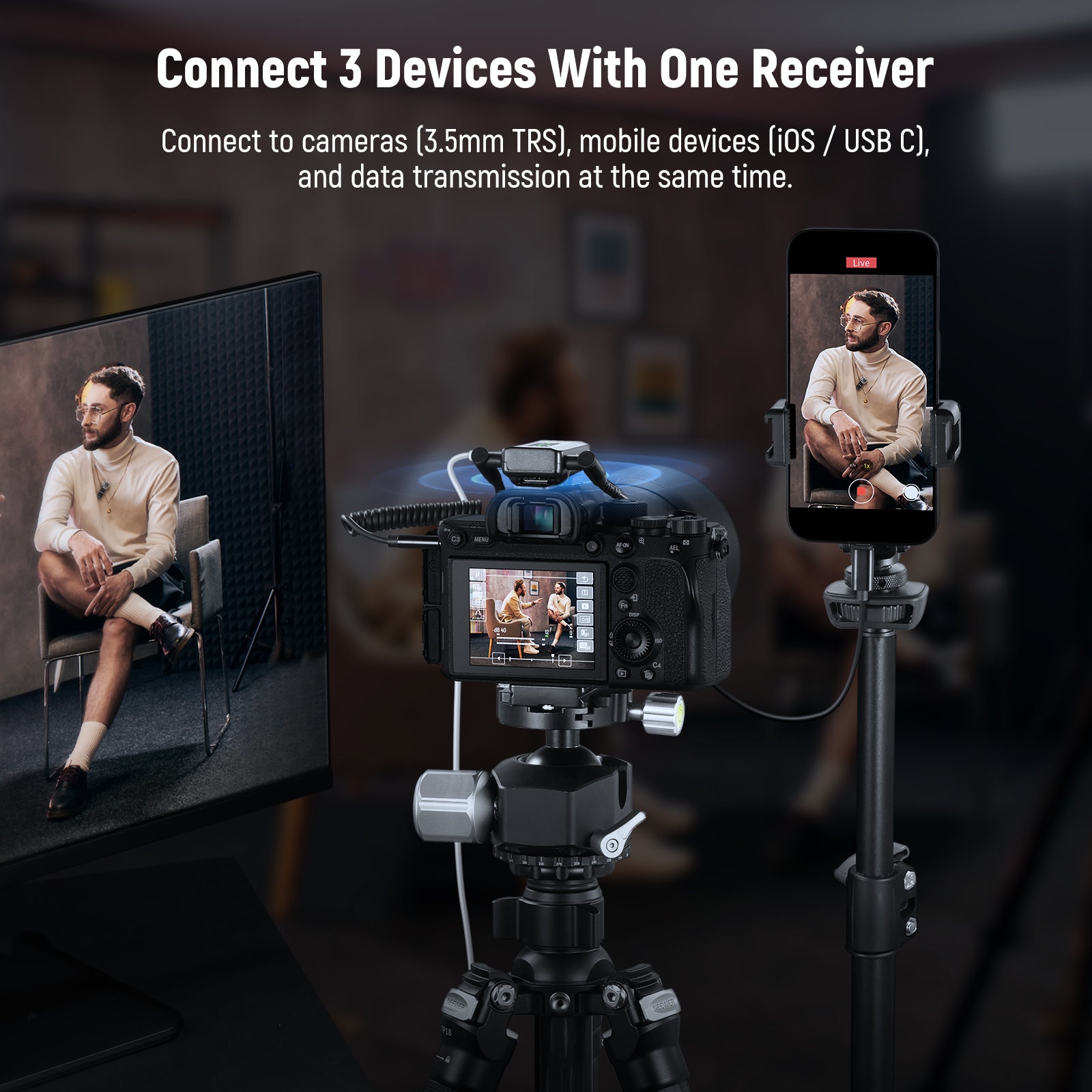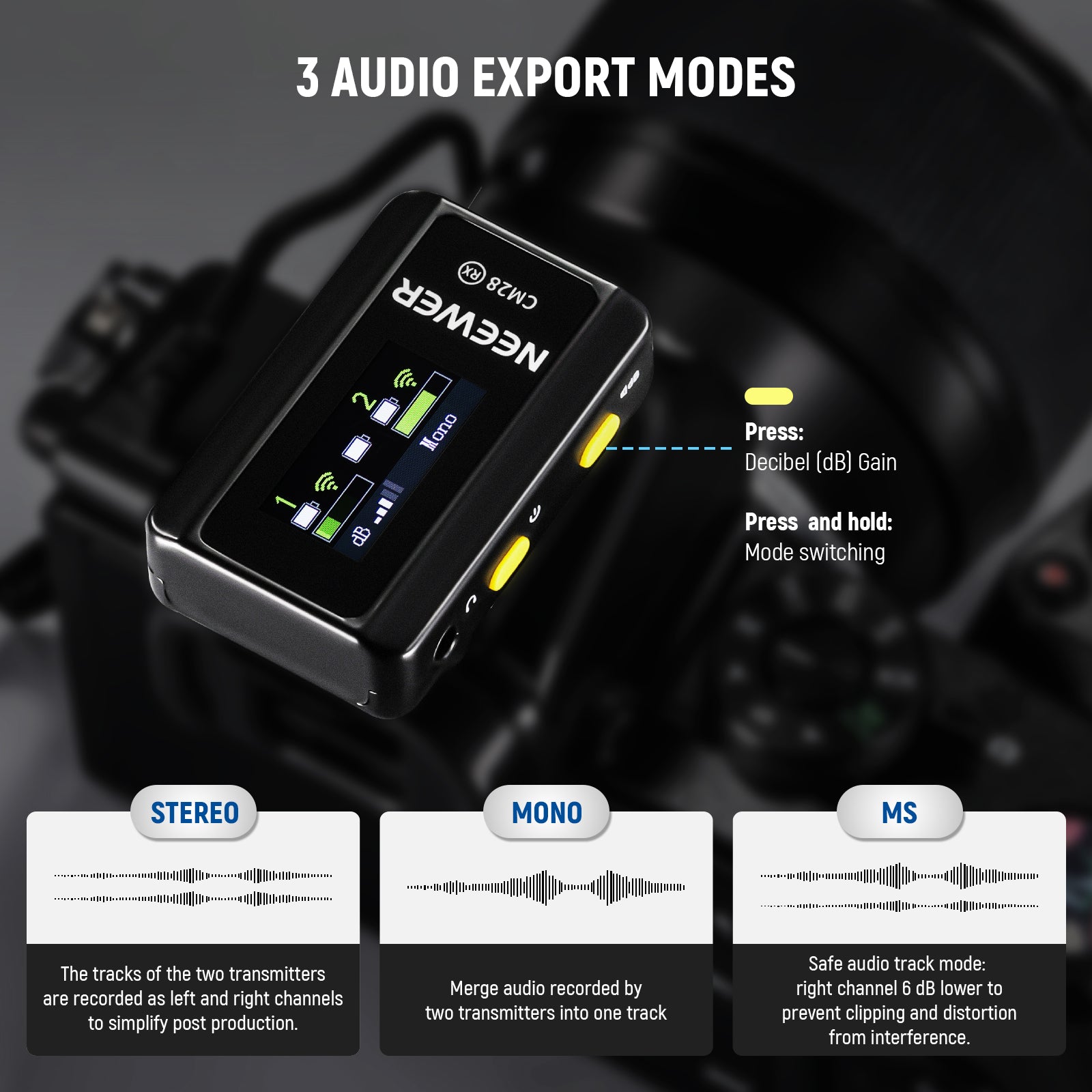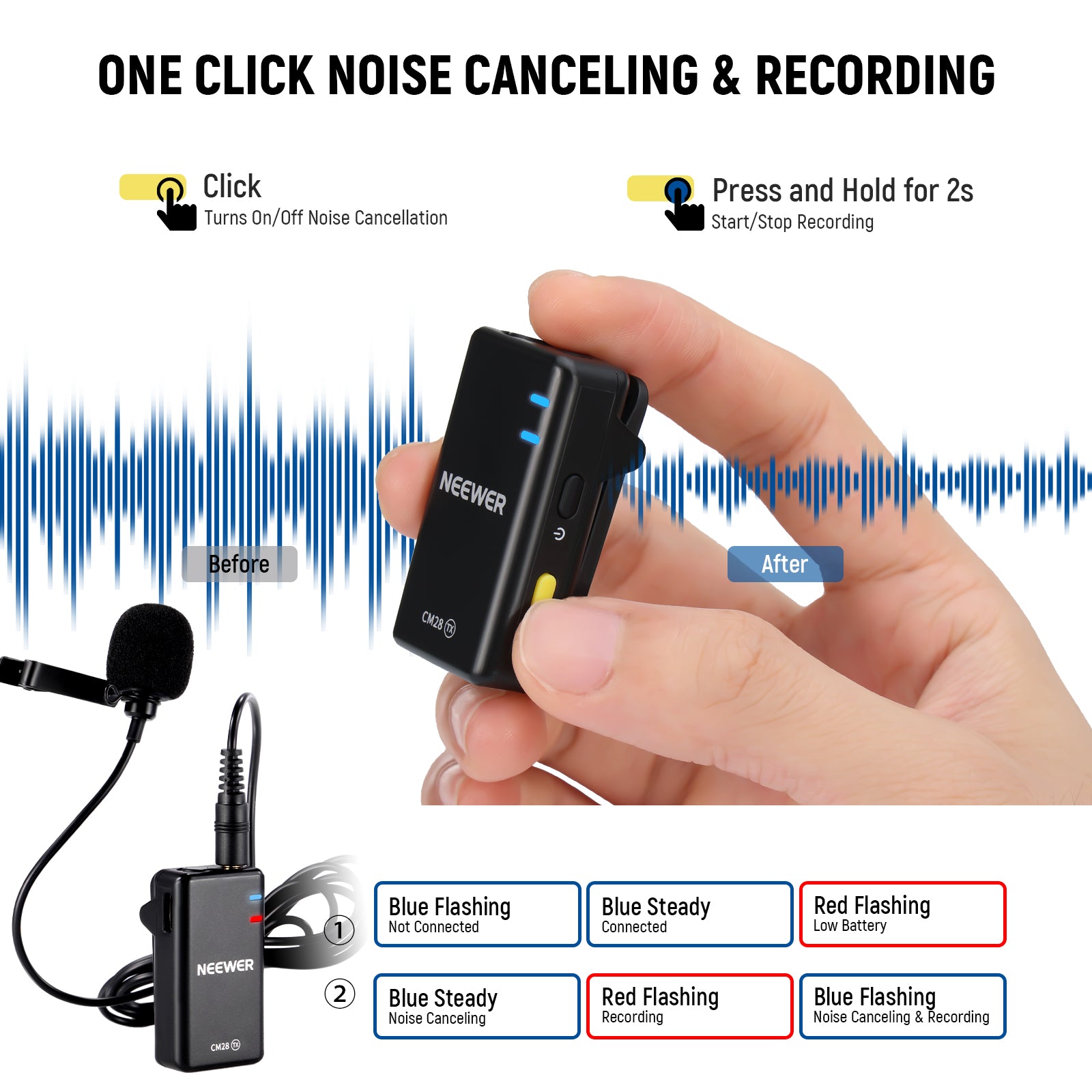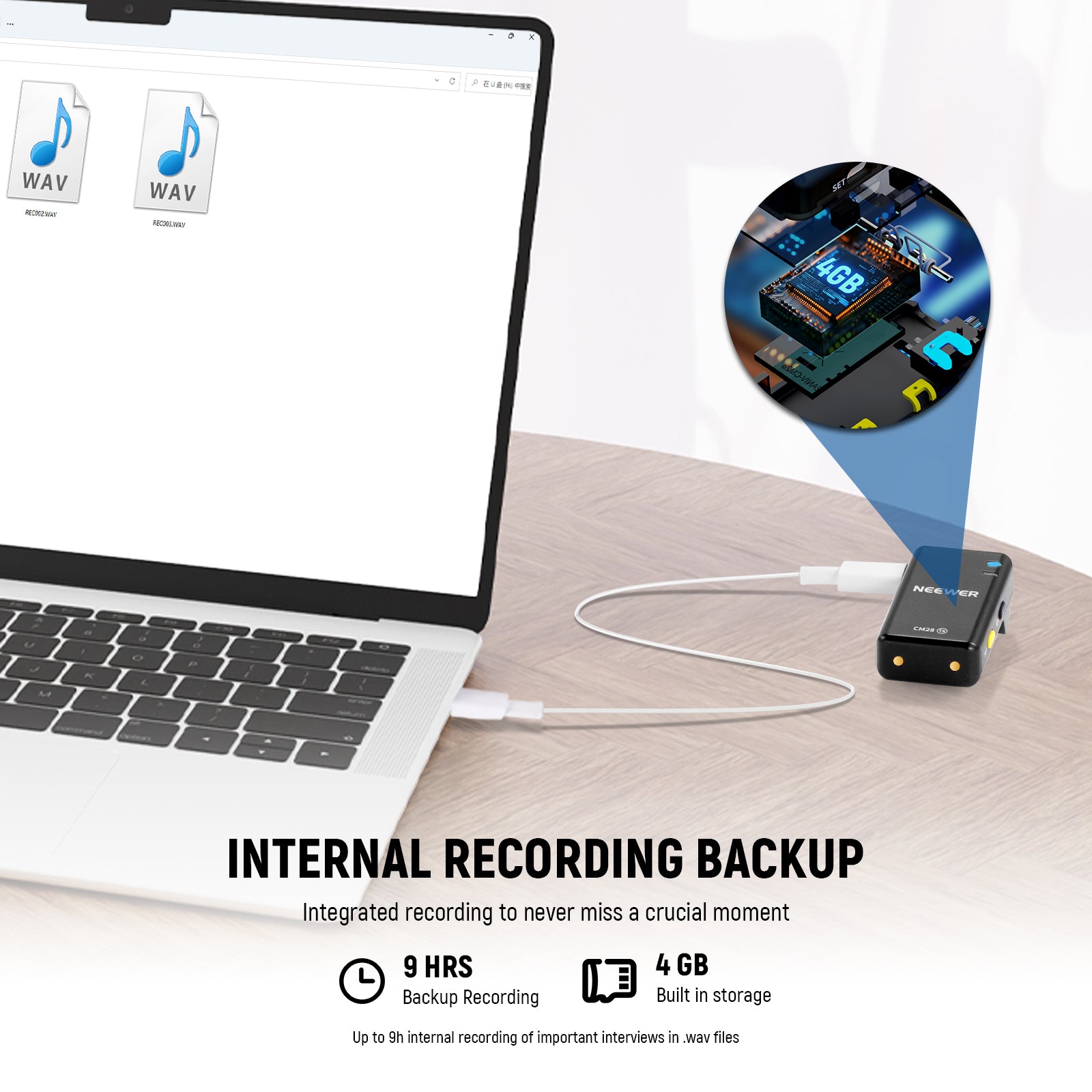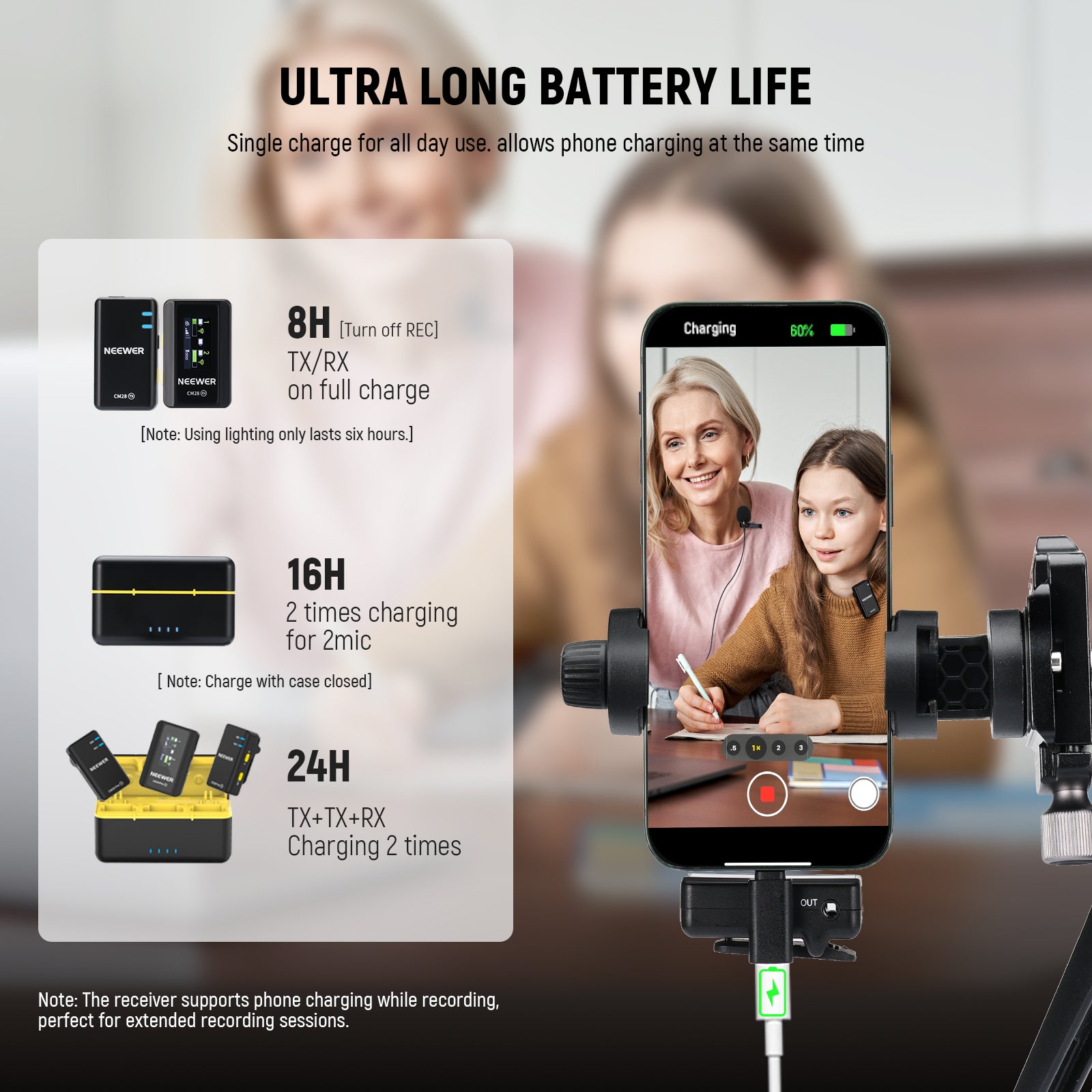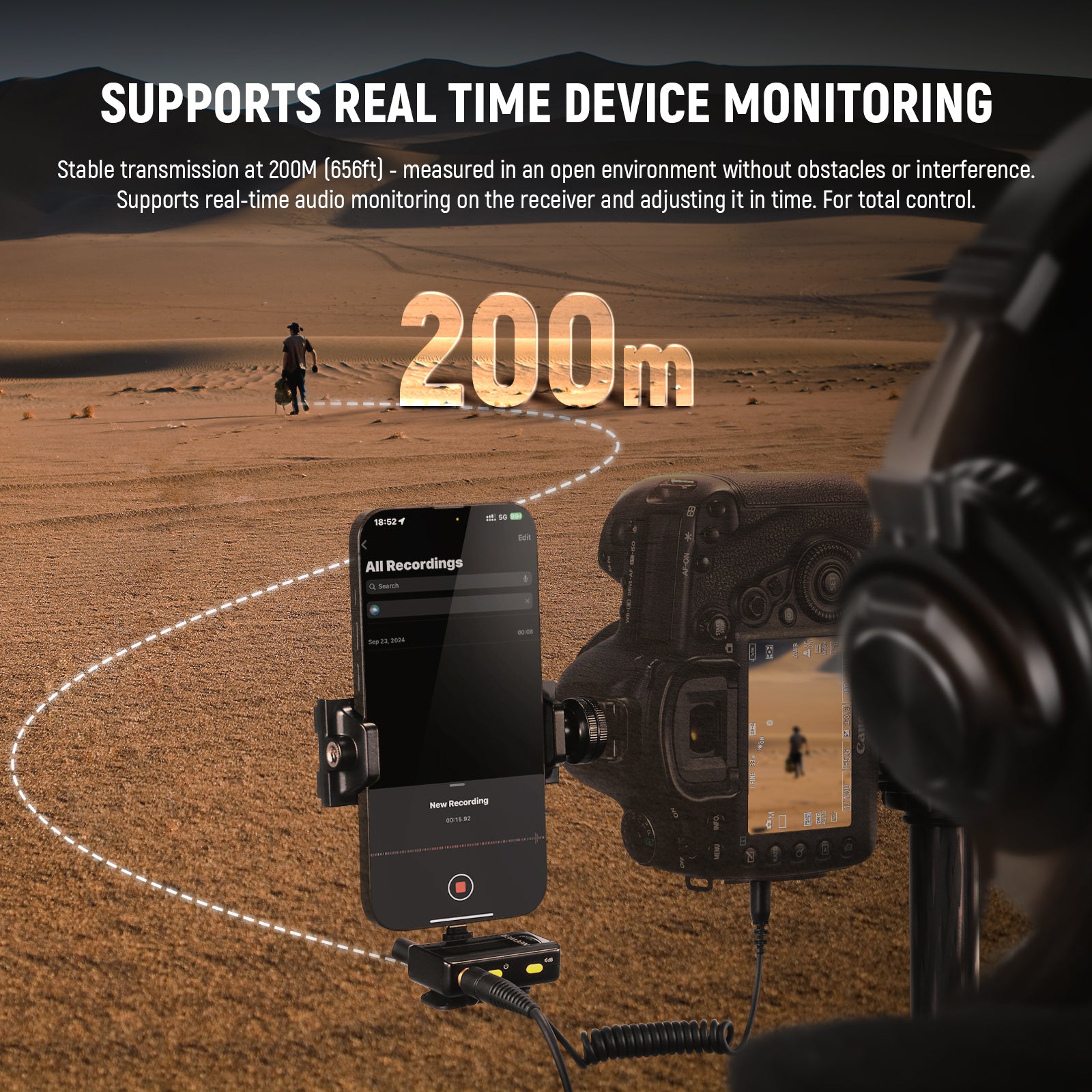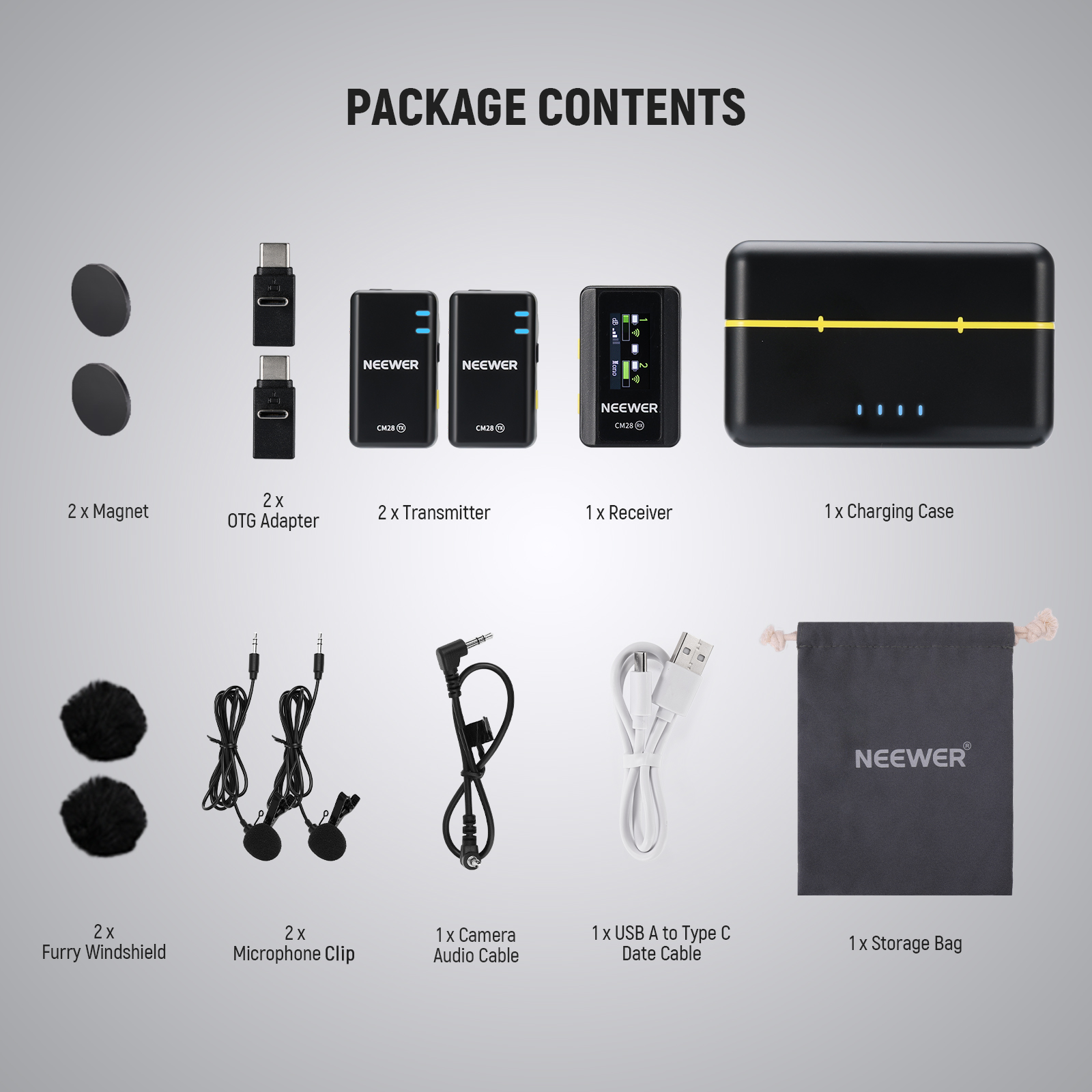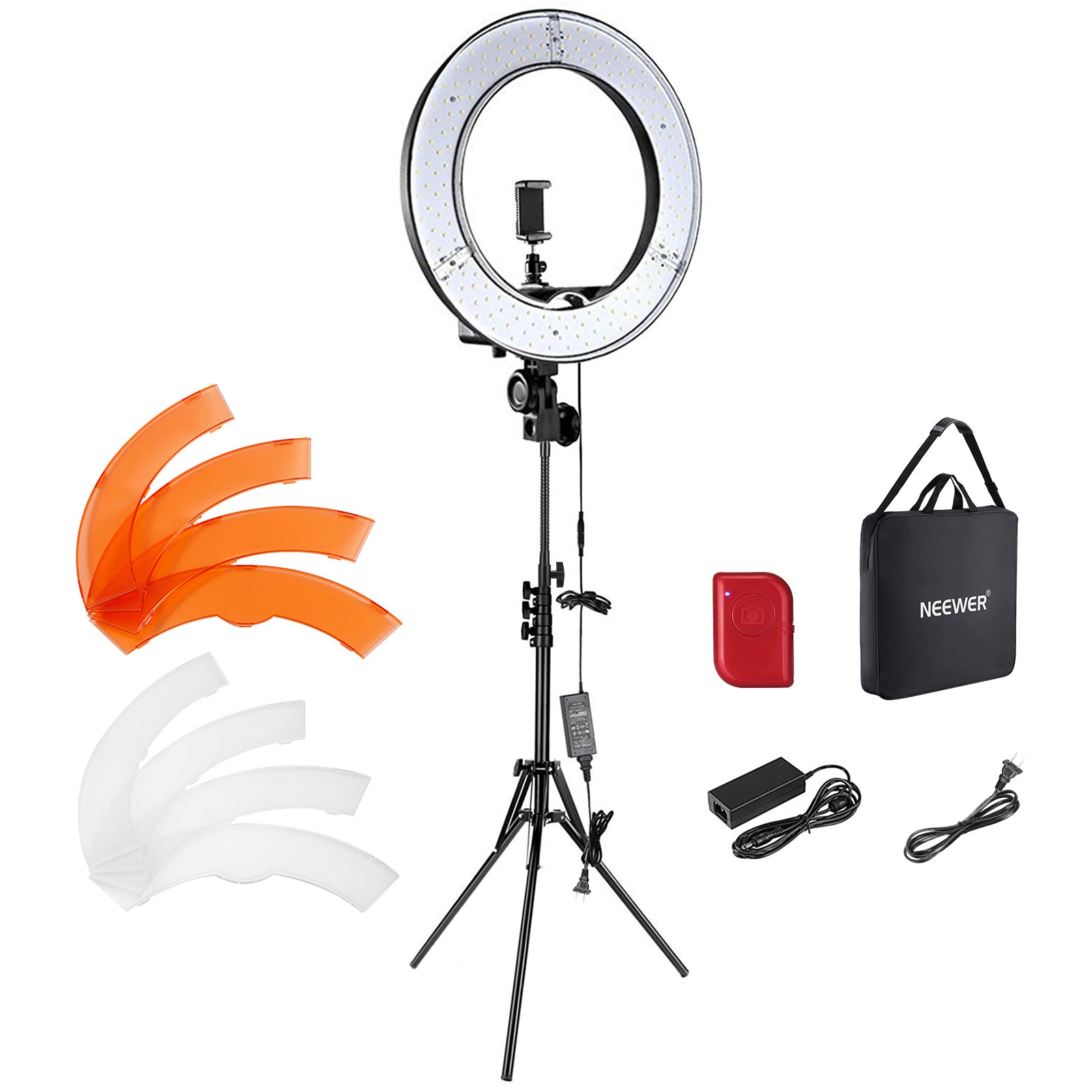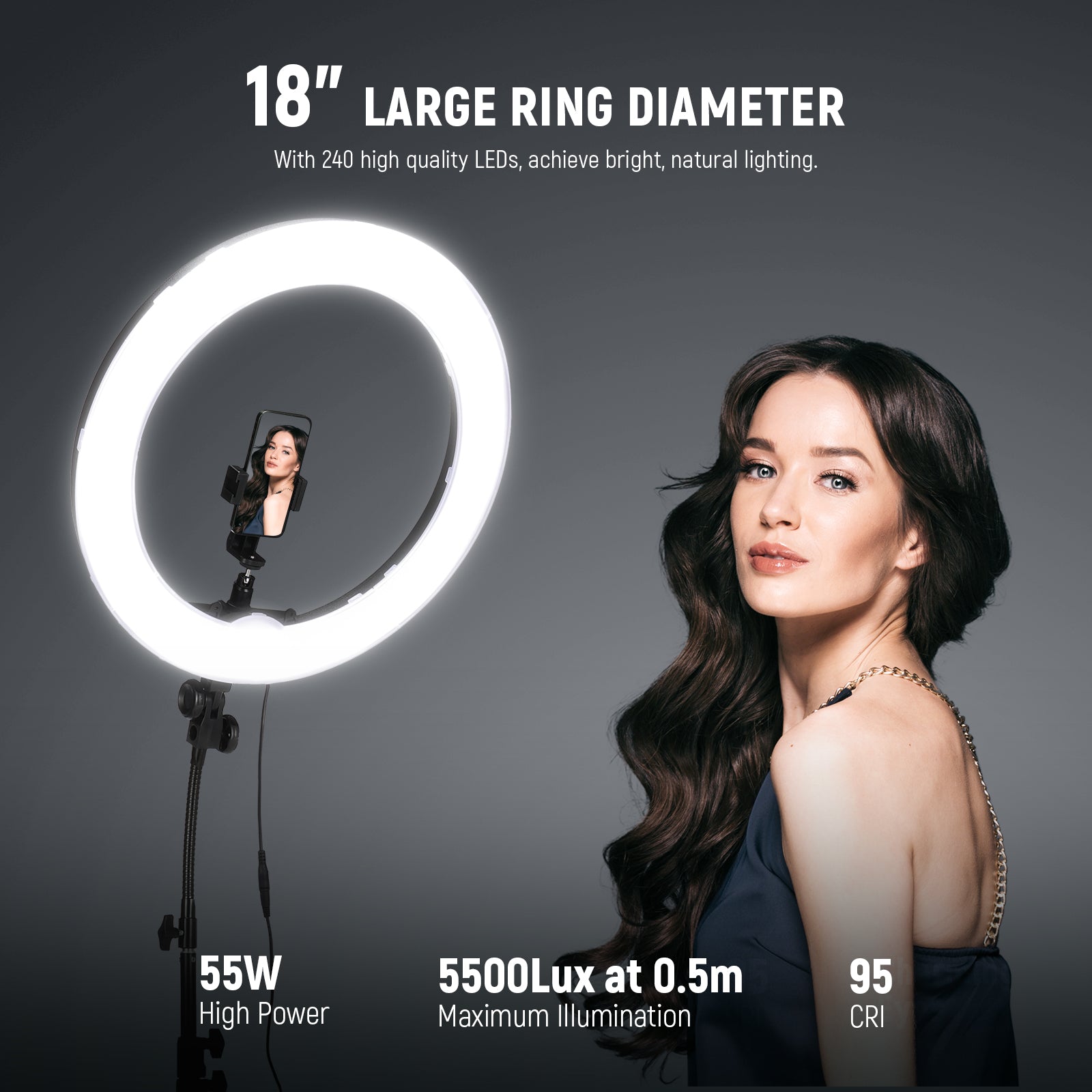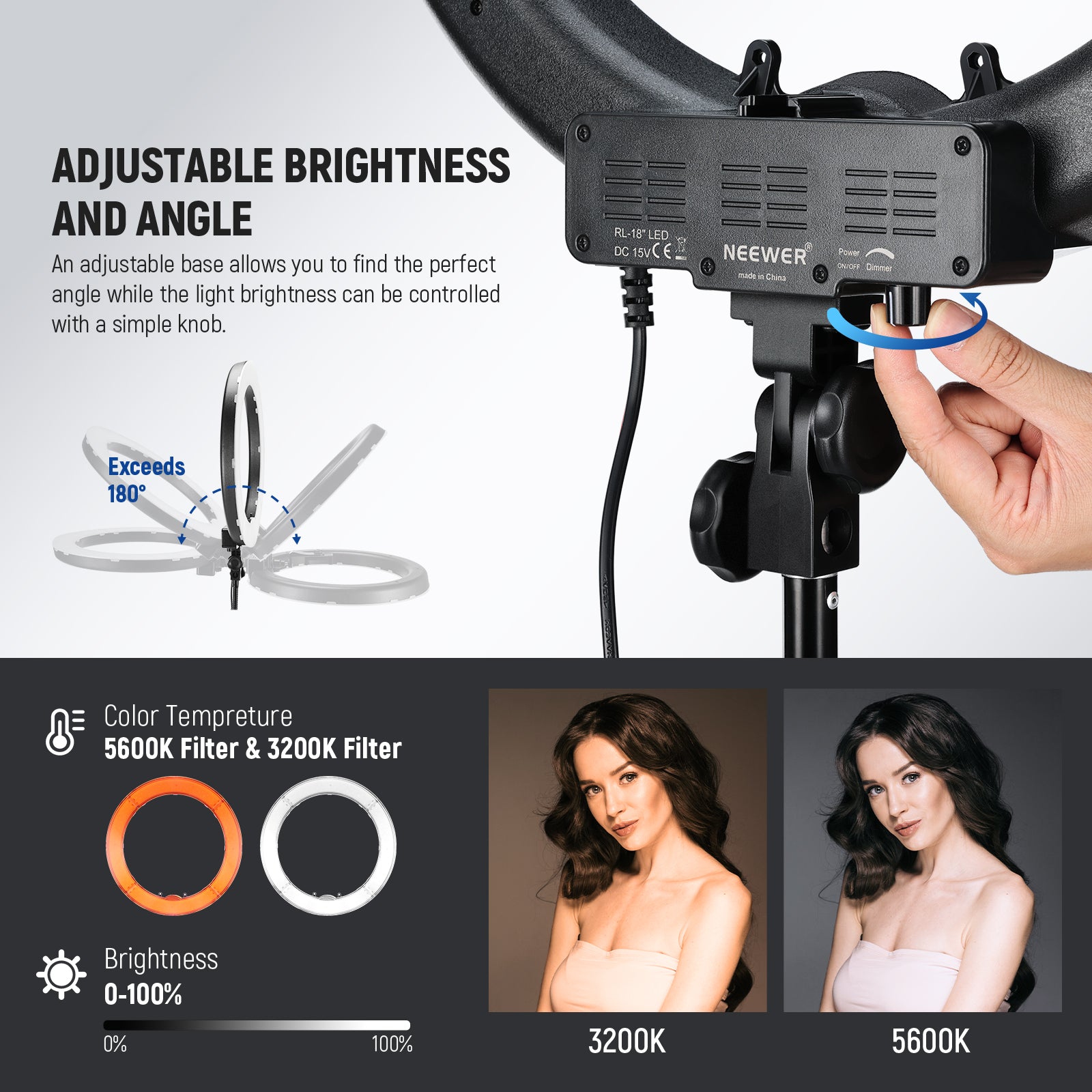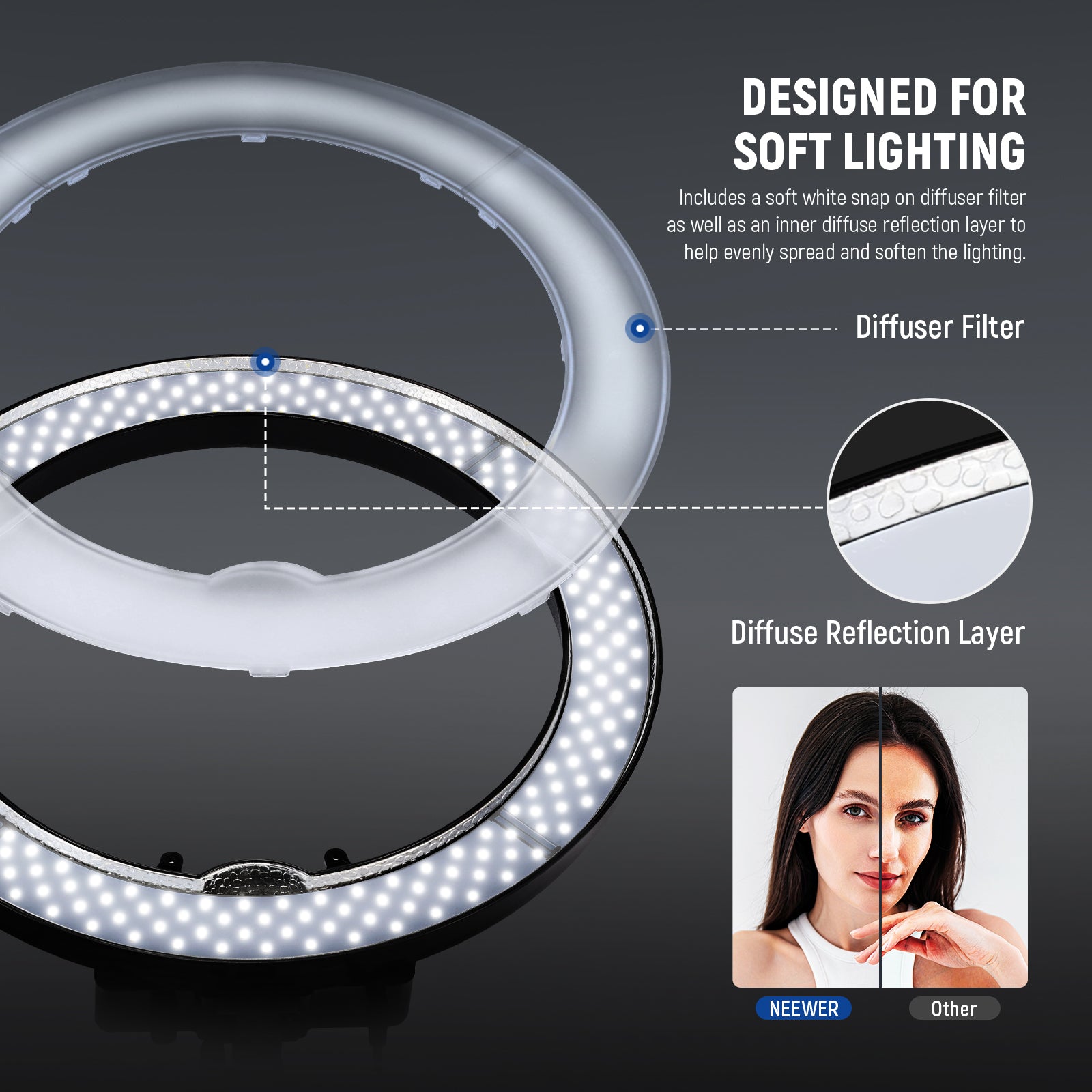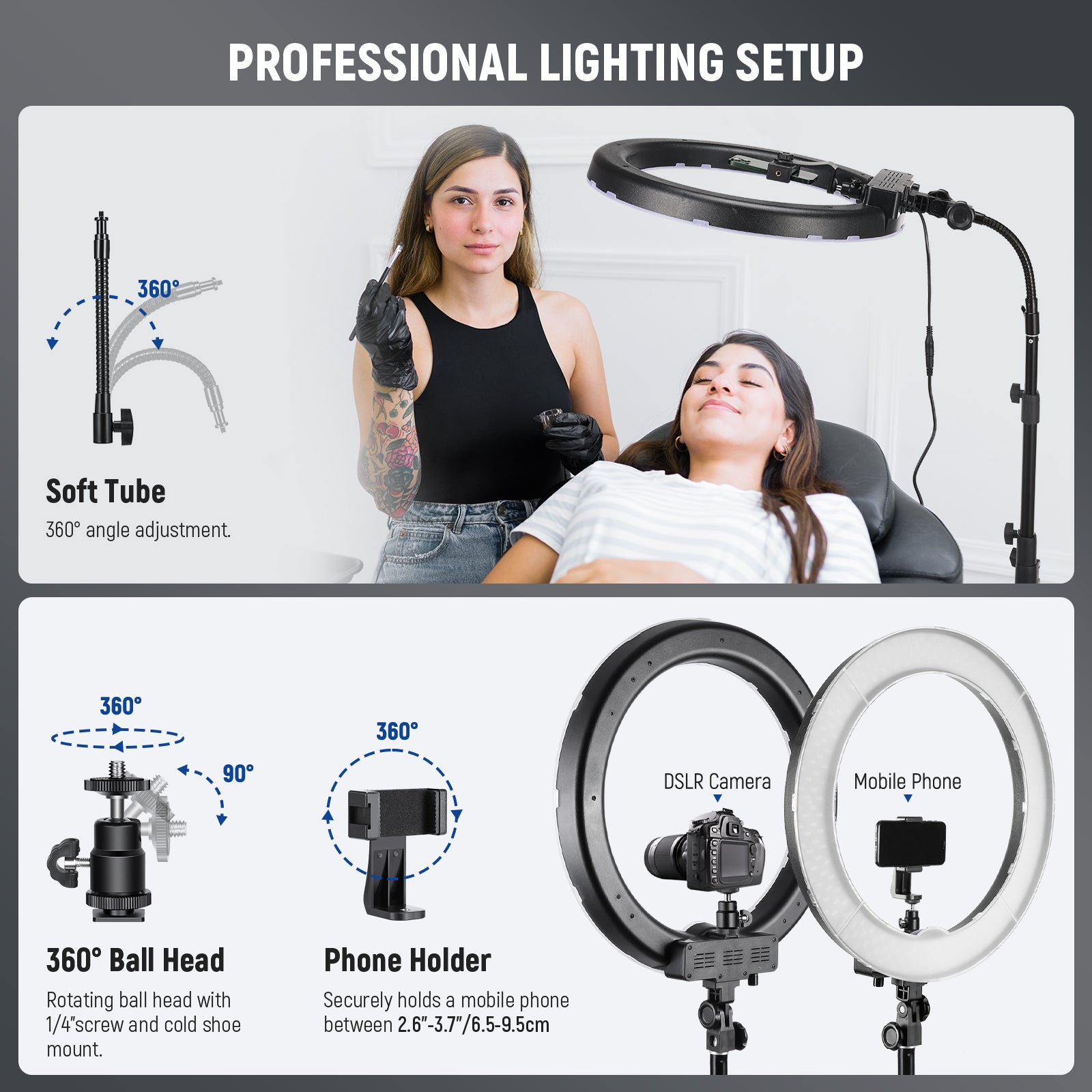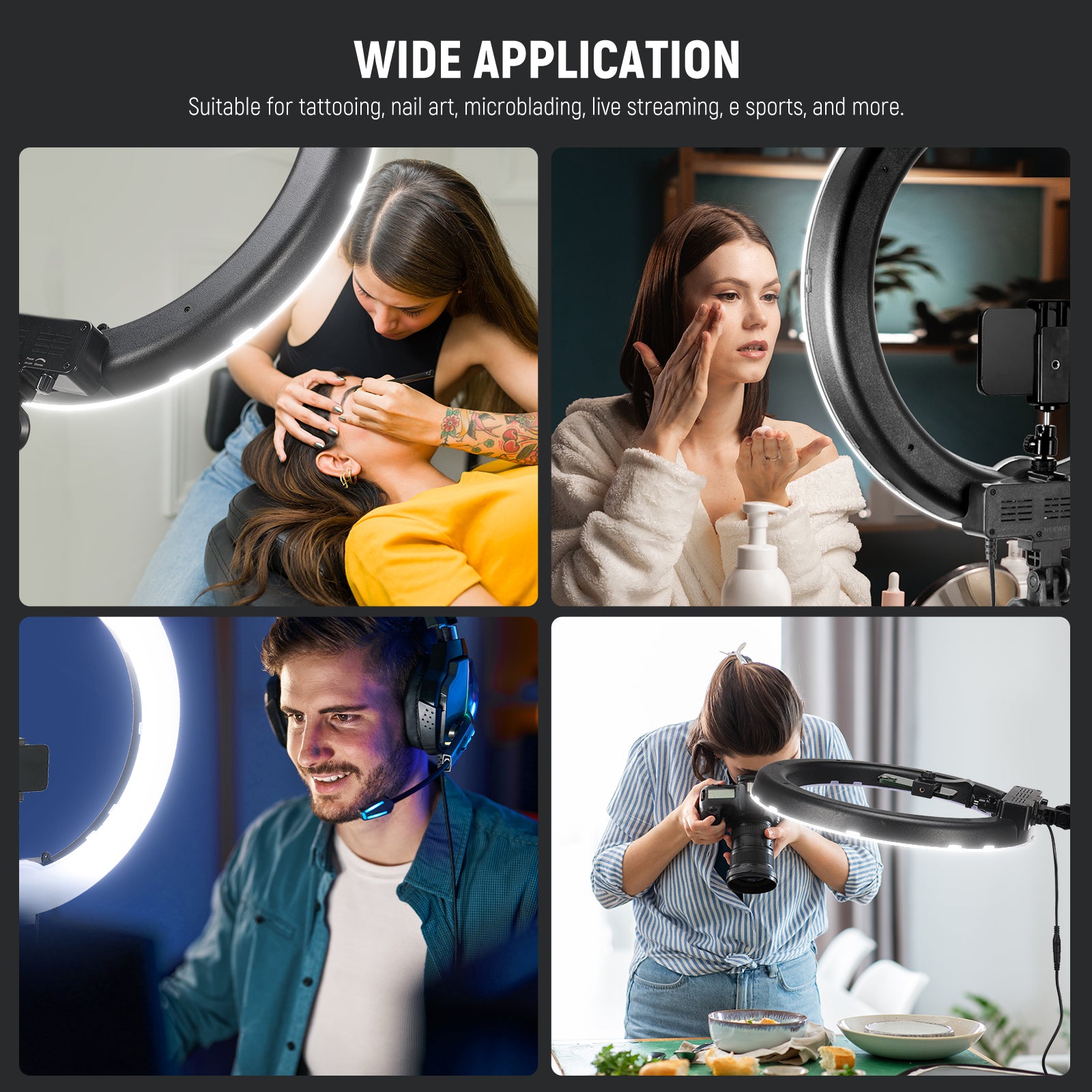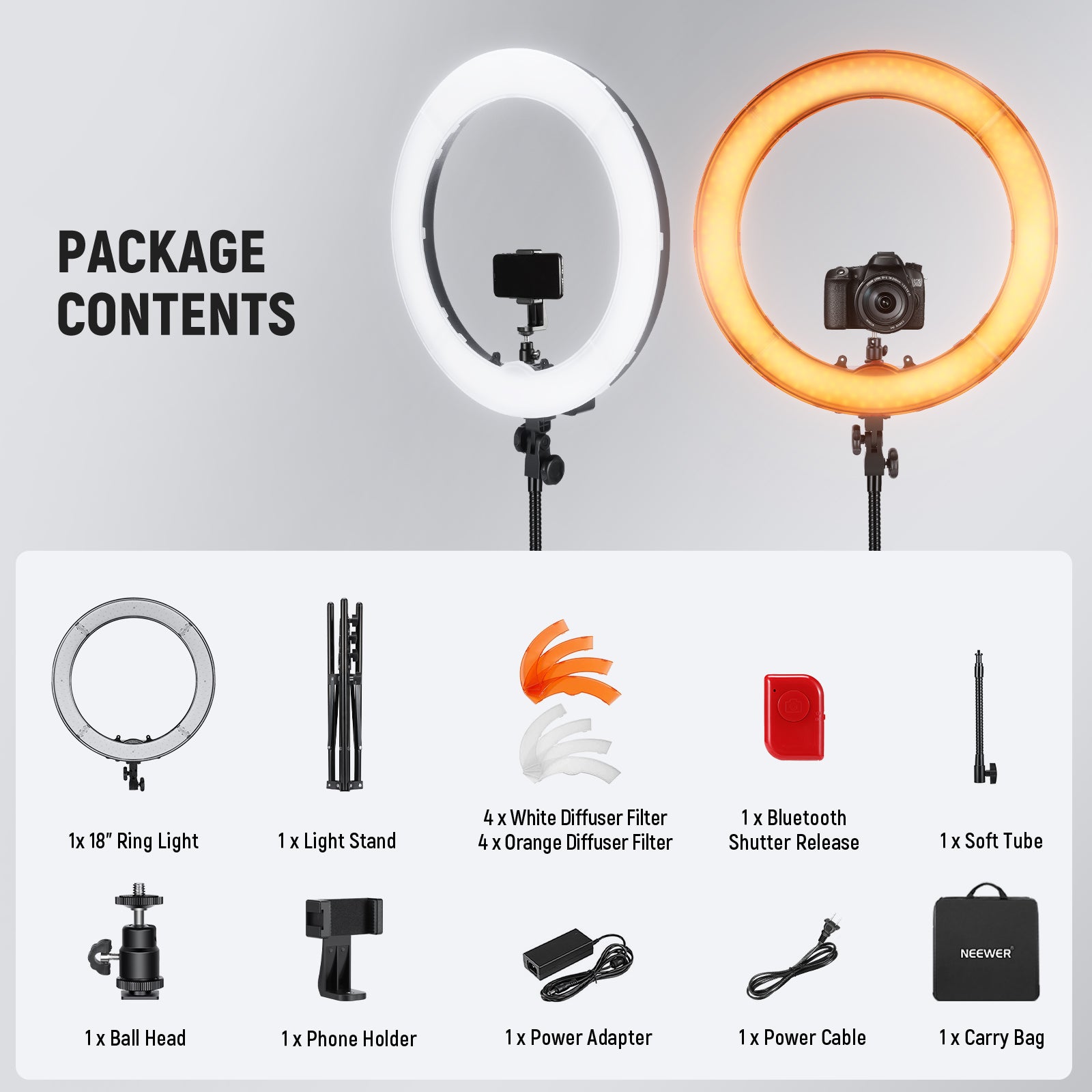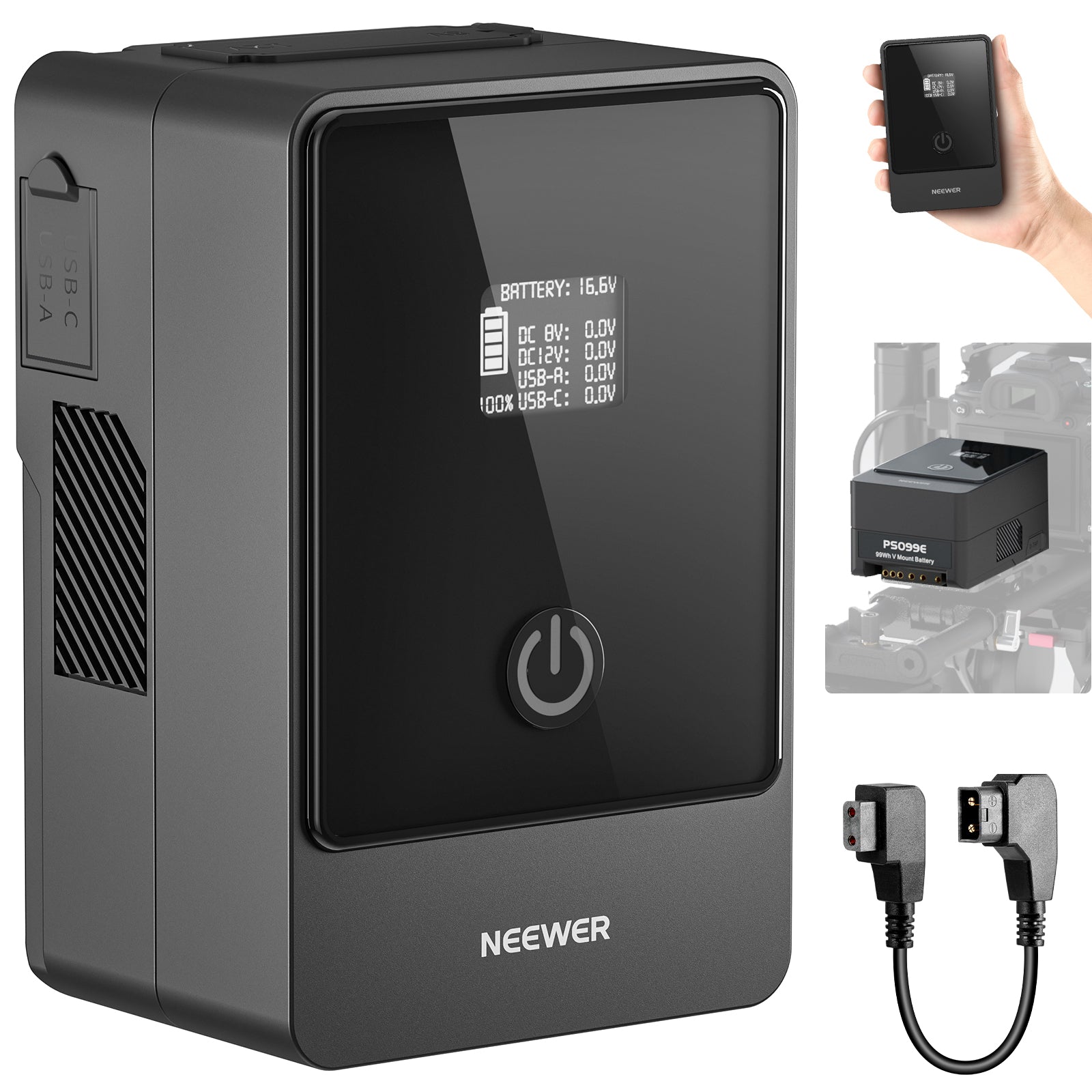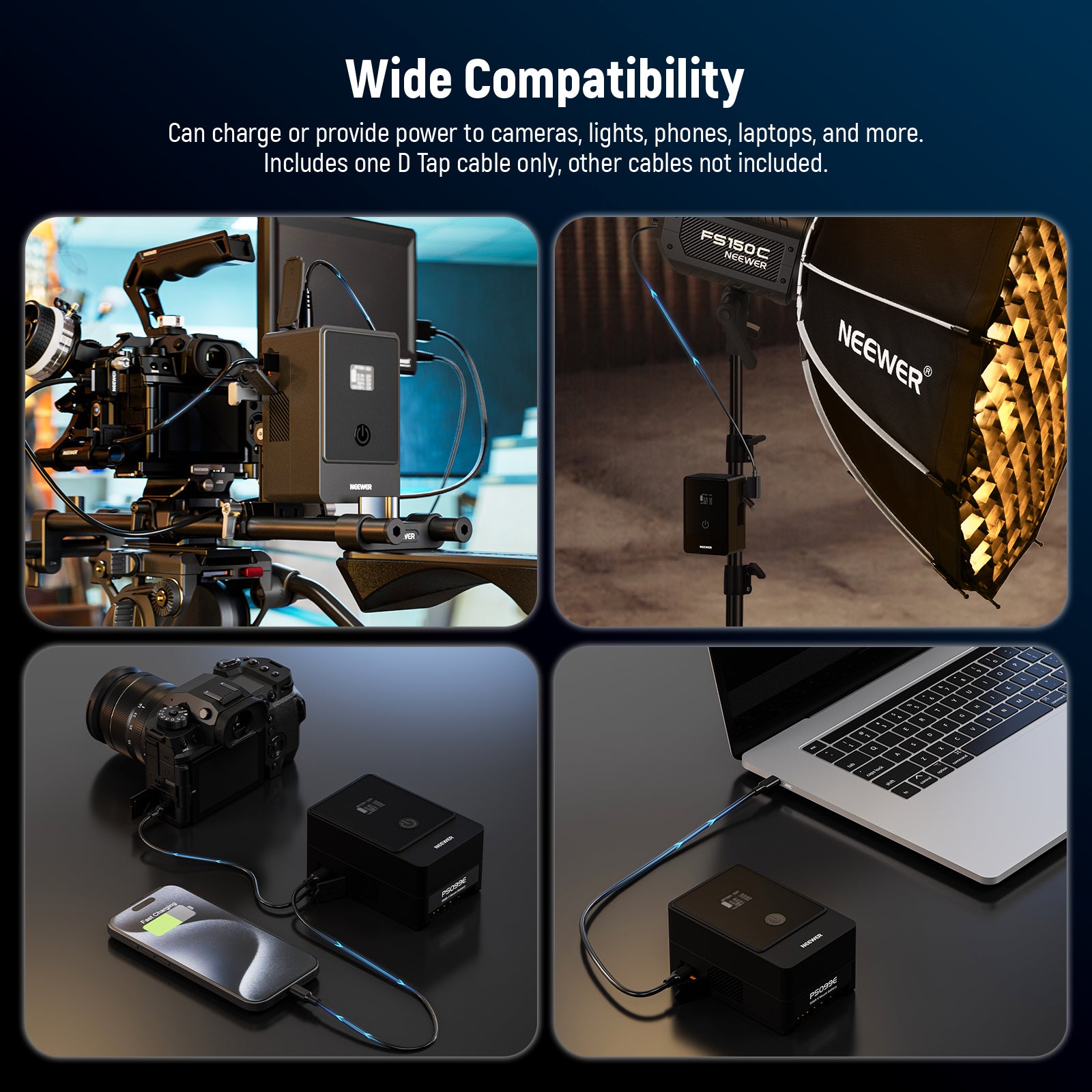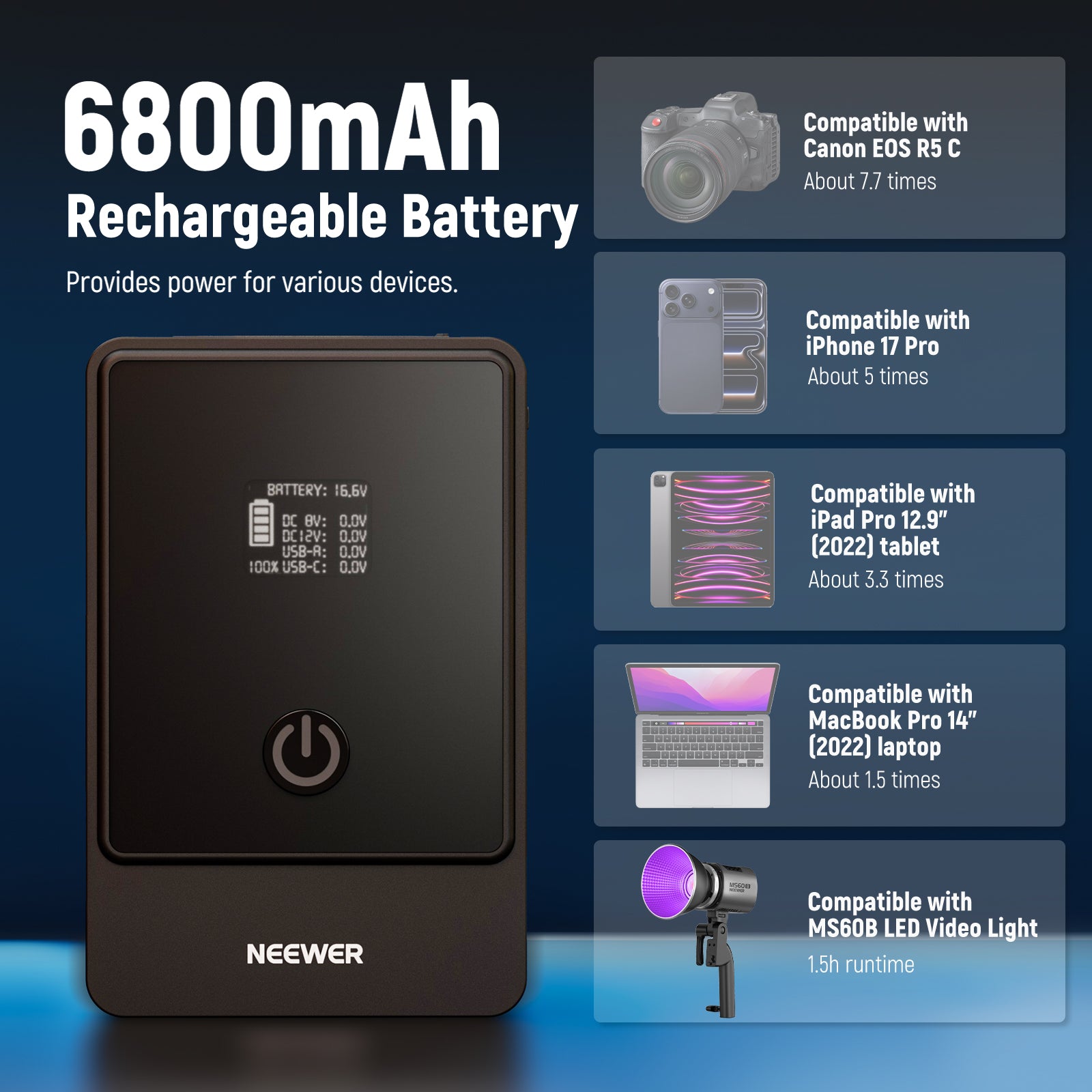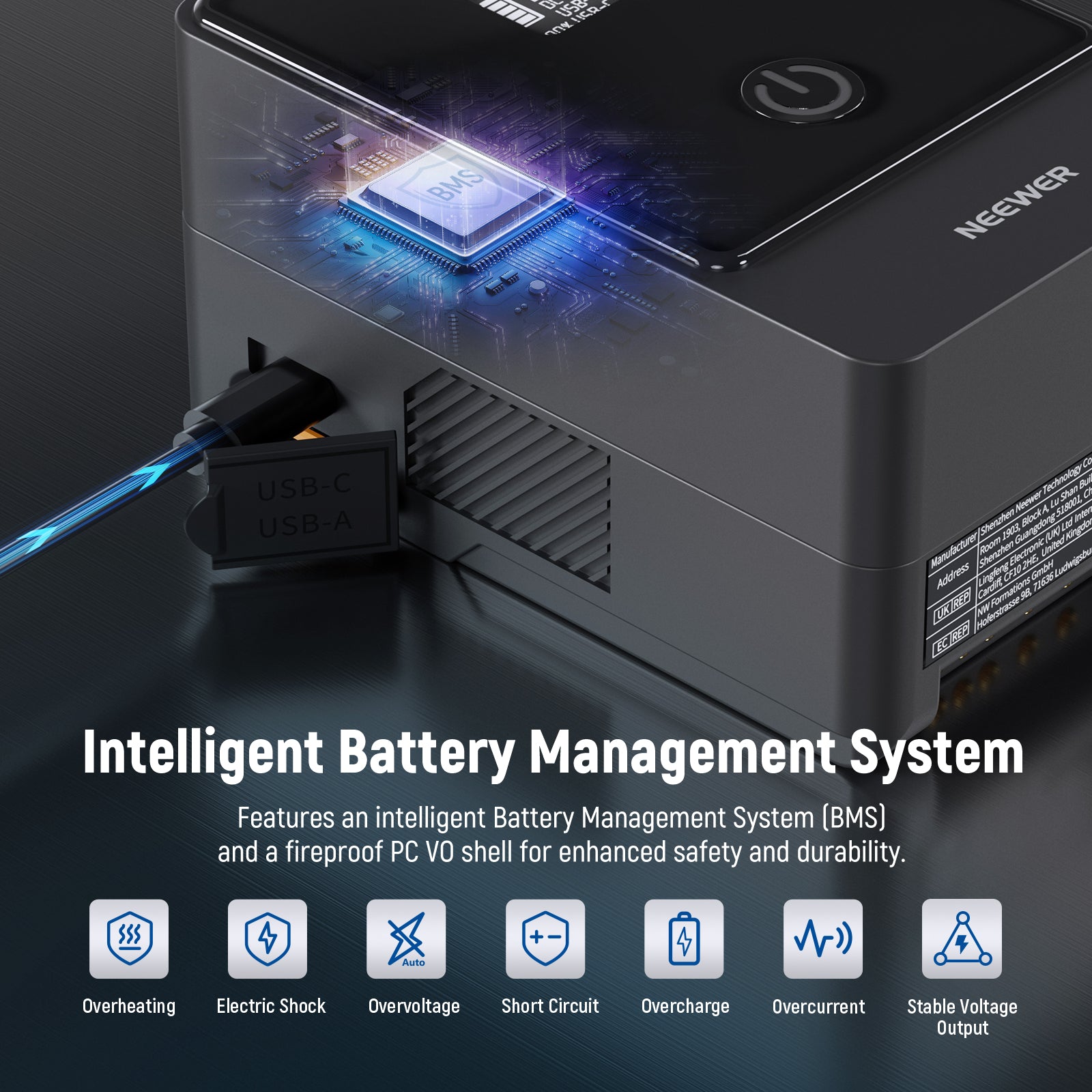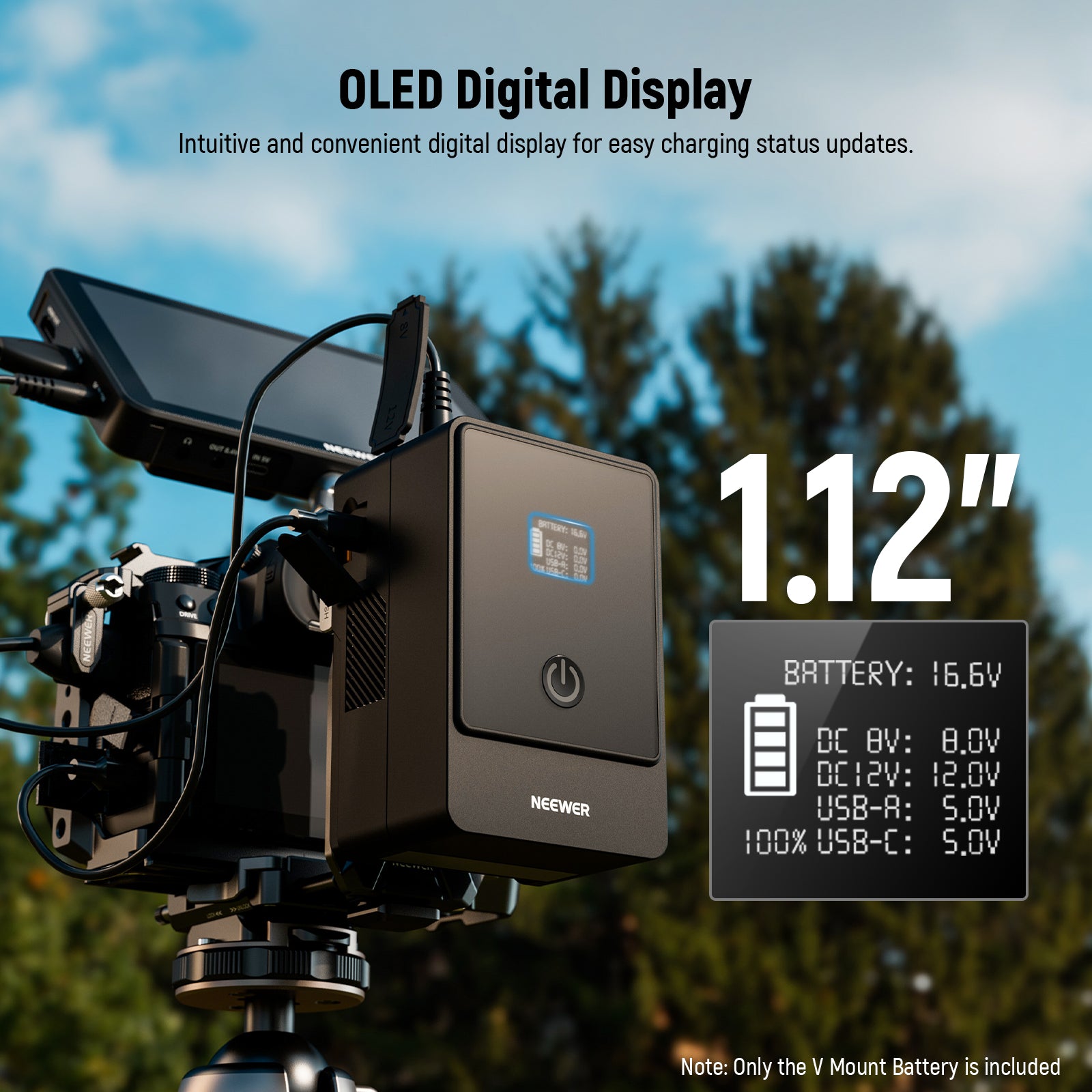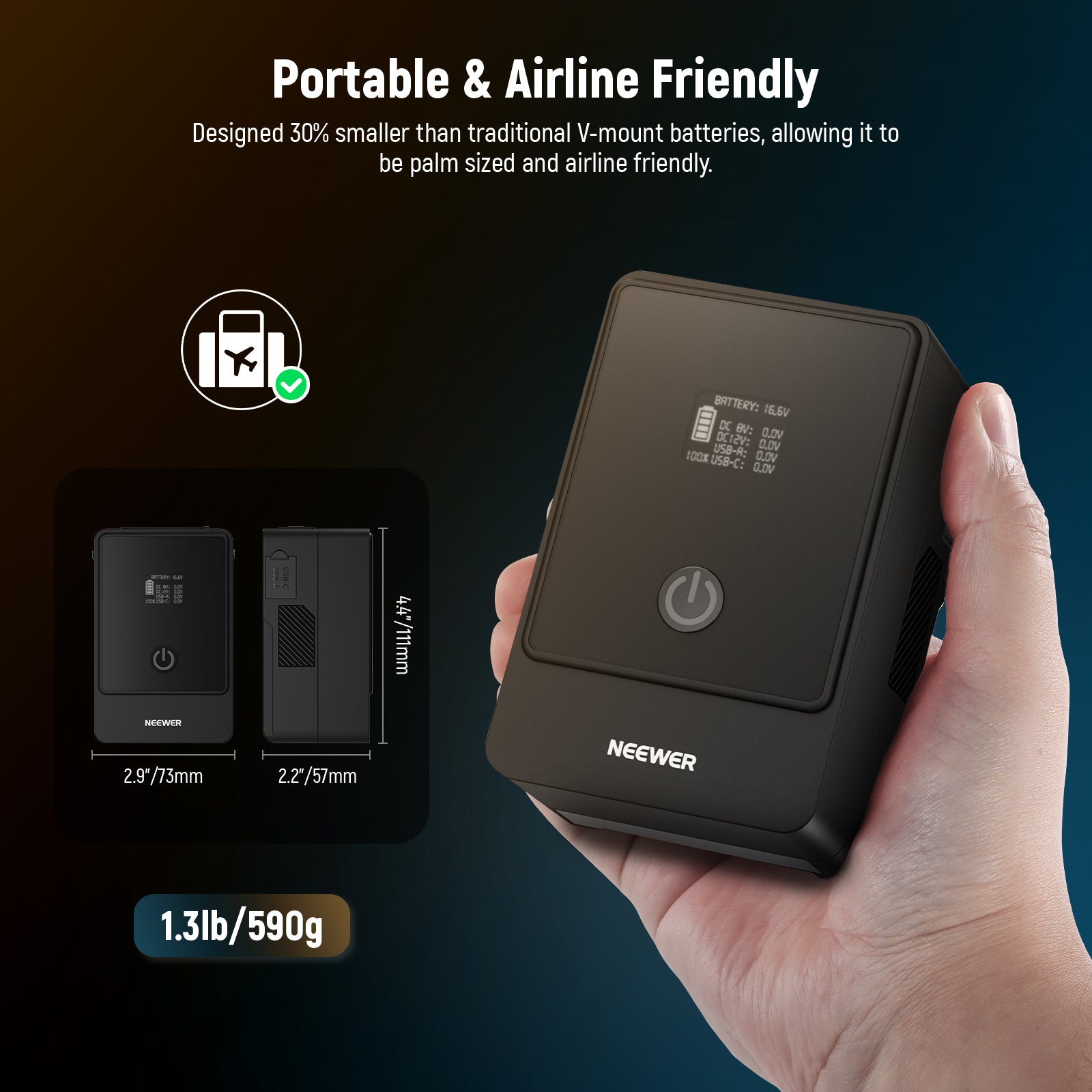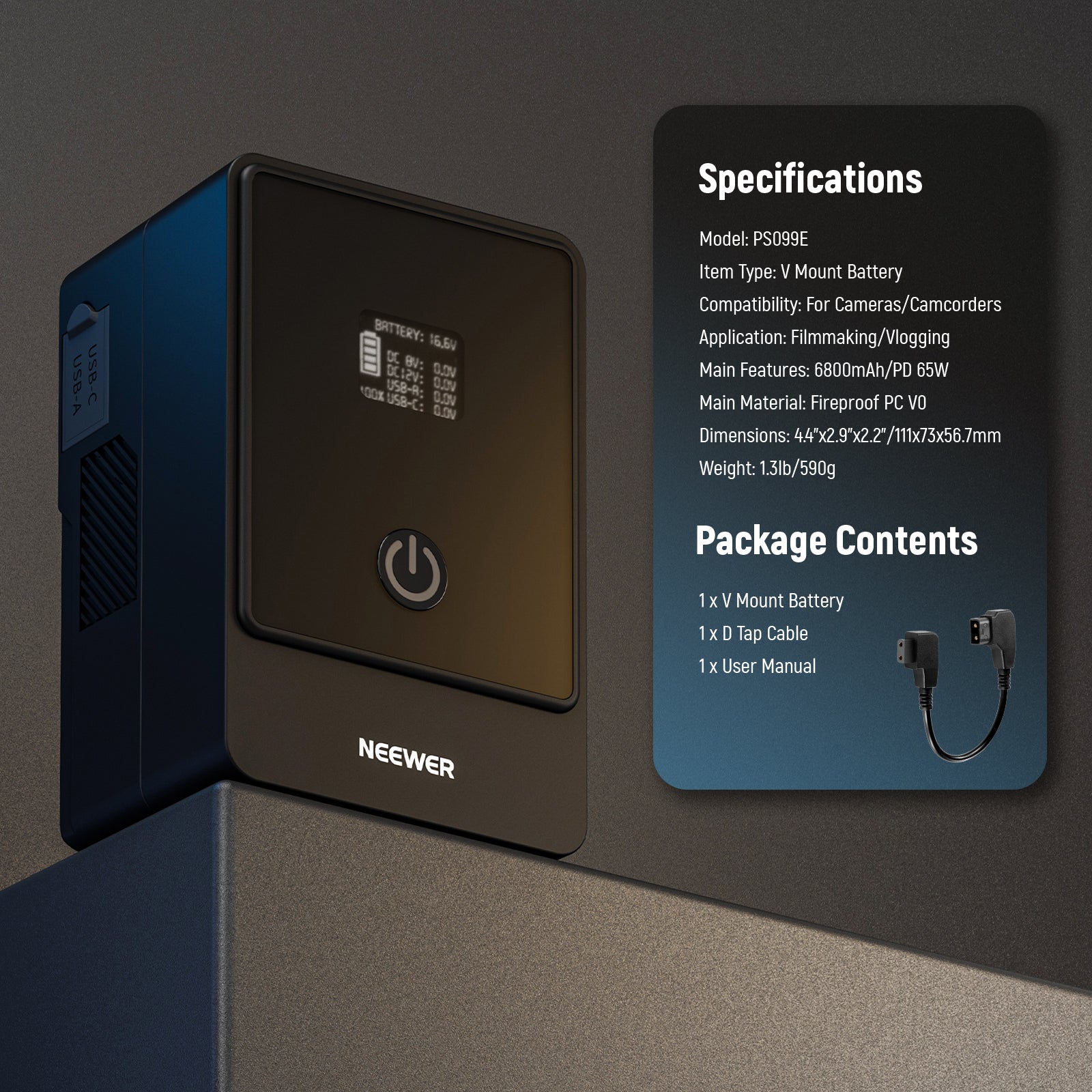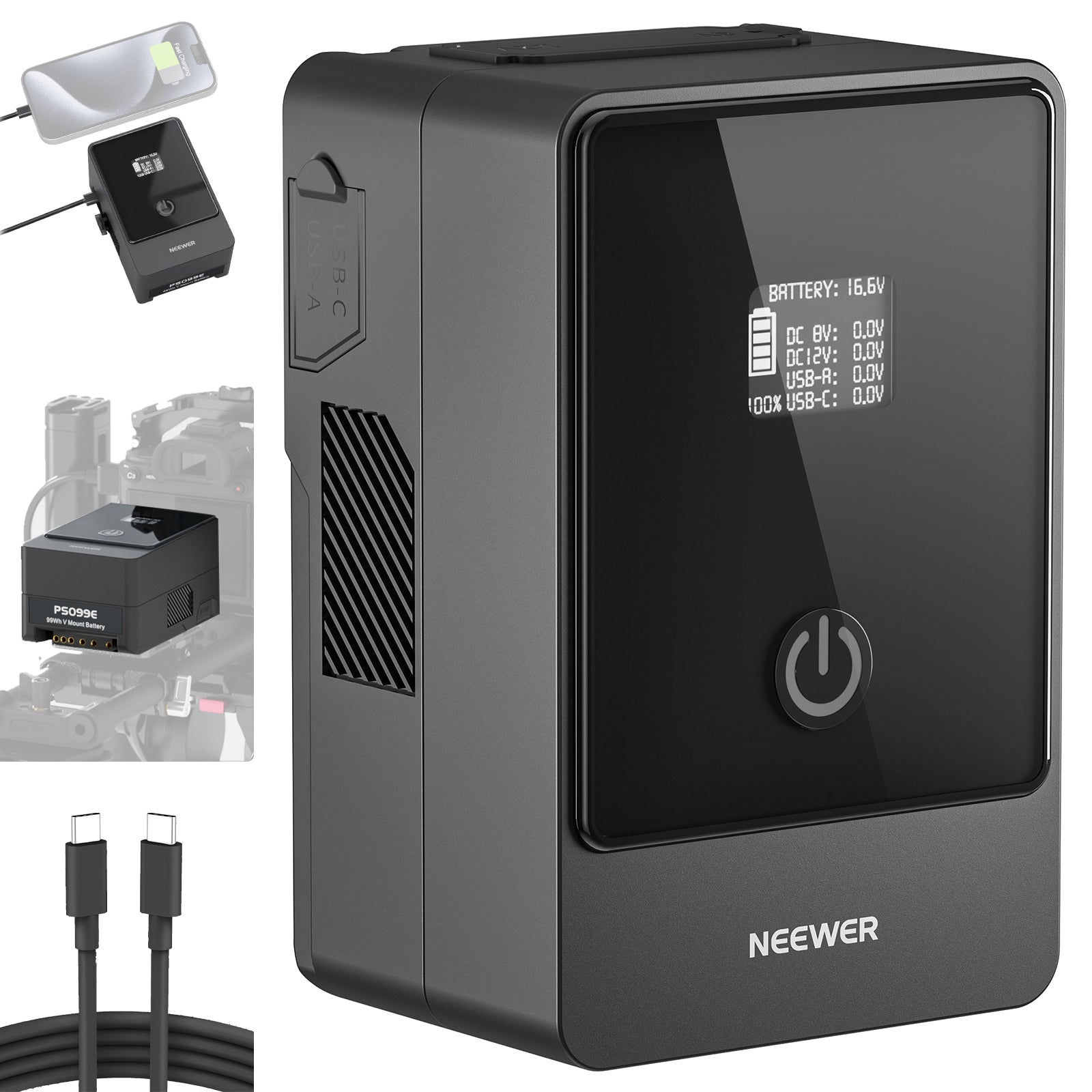Table of Contents
A solar filter is definitely an essential tool if you want to record the eclipse on your phone. It can provide protection for your phone's lens and help you capture the solar eclipse clearly. In this post, we shared about capturing a solar eclipse with your phone, so feel free to read on if you're into celestial photography.
Can I Use My Phone Camera to View the Eclipse?

No, you should not use your phone camera to directly view the eclipse without proper protection. Just like your eyes, your phone’s camera sensor can be damaged by the intense light of the sun.
Smartphone cameras have tiny sensors that are not designed to handle direct exposure to the sun for extended periods. During an eclipse, even a brief moment of direct sunlight can overheat or burn pixels in the sensor, permanently reducing image quality. The lens can also intensify the sunlight, making the damage worse.
If you want to capture the eclipse safely, you need a solar filter—the same kind used for telescopes and professional cameras. These filters block harmful infrared and ultraviolet light while significantly reducing brightness. You can place a certified solar filter over your phone’s camera lens, just as you would with a professional camera.
Can I Use an ND Filter for a Solar Eclipse?

No, a standard ND filter (Neutral Density filter) is not safe for viewing or photographing a solar eclipse unless it is specifically designed for solar photography.
Common ND filters are designed to reduce overall brightness for general photography, but do not block potentially dangerous infrared (IR) and ultraviolet (UV) rays from the sun. While they might make your sun dim enough, they still won't protect you or your camera sensor from harmful radiation exposure. Furthermore, some coated materials might not withstand prolonged sun exposure, which may lead to degradation or cracking of ND filters over time.
|
Feature |
ND Filters (Neutral Density) |
Solar Filters |
|
Purpose |
Reduces overall brightness for general photography (landscapes, waterfalls, etc.) |
Blocks harmful solar radiation for safe eclipse viewing and photography |
|
Light Reduction |
Varies (ND2 to ND100000, up to ~16.6 stops) |
Extremely high (16 to 18 stops) specifically for sun photography |
|
Infrared (IR) & Ultraviolet (UV) Protection |
No, does not block harmful IR/UV rays effectively |
Yes, fully blocks harmful IR and UV radiation |
|
Safe for Direct Sun Viewing? |
No, it can cause sensor and eye damage |
Yes, designed for direct sun viewing |
|
Risk of Eye Damage |
Extremely dangerous if viewed through an optical viewfinder |
Safe for visual use when properly rated |
What Filter Should I Use for a Solar Eclipse?
To safely photograph a solar eclipse, you need a certified solar filter, which:
- Blocks both visible and invisible radiation (IR and UV)
- Reduces brightness by 16-18 stops (similar to ND filters but with proper protection)
- Has a metalized coating designed specifically for sun viewing
You can use the NEEWER FL-E6 to photograph the eclipse. This mobile lens filter is specially designed for astrophotography and will help you capture amazing eclipse moments. It is made with over-advanced HD multilayer coated optical glass that protects and ensures controlled contrast without losing image clarity.

The NEEWER FL-E6 solar filter is able to provide 16.5 stops of light reduction to help block excessive light, effectively avoiding overexposure and color-casting problems. Moreover, it is easy to use with a finger grip design that can be easily held in front of your cell phone lens.
Is a UV Filter the Same as a Solar Filter?
No, a UV filter is NOT the same as a solar filter, and it is not safe for viewing or photographing the sun.
|
Feature |
Solar Filter (Certified for Eclipse) |
|
|
Purpose |
Blocks ultraviolet (UV) light and protects the lens from dust or scratches |
Blocks harmful solar radiation (UV, IR) and reduces brightness for safe solar photography |
|
Light Reduction |
Minimal, only blocks UV light, allowing most visible light to pass |
Extreme reduction (~16-18 stops), significantly dimming sunlight |
|
UV Protection |
Blocks UV rays |
Blocks UV rays (along with IR and visible light) |
|
Infrared (IR) Protection |
Does not block infrared light |
Fully blocks harmful infrared radiation |
|
Safe for Direct Sun Viewing? |
Not safe—does not block enough sunlight or radiation |
Safe for direct viewing and photography of the sun |
|
Risk of Camera Damage |
High sunlight can still burn the sensor |
Safe—properly blocks harmful radiation and prevents sensor damage |
How to Capture an Eclipse on a Phone?
A solar filter is a must.
- Use telephoto lenses or lens attachments for better zoom.
- Stabilize with a tripod or mount.
- Set manual focus and exposure.
- Use burst mode or time-lapse.
- Avoid overzooming and digital zoom.
- Keep battery and storage in check.

1. Use a Solar Filter
As mentioned before, a solar filter is crucial to safely photograph the eclipse. You’ll need to clip it to your phone’s lens. Without a proper solar filter, you risk damaging both your camera sensor and your eyes.
2. Opt for a Telephoto Lens or Clip-on Attachment
Since the total solar eclipse is relatively small in the sky, having a telephoto lens (or a clip-on lens) can help you zoom in and capture the details without losing image quality. If your phone doesn’t have a telephoto lens built in, you can buy a phone lens attachment to give you a zoom effect.
3. Use a Tripod
Since eclipses don't last for too long, if your handheld images become blurry due to shaky hands, you could miss your opportunity to record them altogether. Therefore, making sure that your phone stays stable enough while shooting using a tripod would be invaluable.
4. Set Exposure and Focus Manually
Many phones auto-adjust exposure, but this can become problematic as light changes rapidly. So, during an eclipse, you need to manually adjust. Tap on the sun image on your screen and then lower its exposure until you don't overexpose it. Also, consider locking focus by tapping and holding onto it during totality to ensure sharp focus during totality, preventing your camera from refocusing if light conditions shift quickly.
5. Enable Burst Mode or Time-Lapse
Eclipses occur quickly, so being ready at just the right moment is key to photographing an eclipse. Burst mode will enable you to take multiple shots rapidly in short bursts for increased chances of getting that perfect photo op! In addition, set your phone's time-lapse mode for smooth capture of every phase of an eclipse in an uninterrupted format.
6. Avoid Overzooming
While you’ll want to zoom in to get a closer shot of the eclipse, avoid going too far with digital zoom because it can reduce image quality. Stick to optical zoom (if your phone supports it) or use a clip-on lens for better quality.
7. Ensure Sufficient Battery and Storage
Capturing high-quality photos during an eclipse could quickly drain your phone's battery, so be sure to either fully charge it before the event or carry a portable power bank to keep your phone charged during it. In addition, make sure there is sufficient storage capacity on your phone to save all those precious images!

